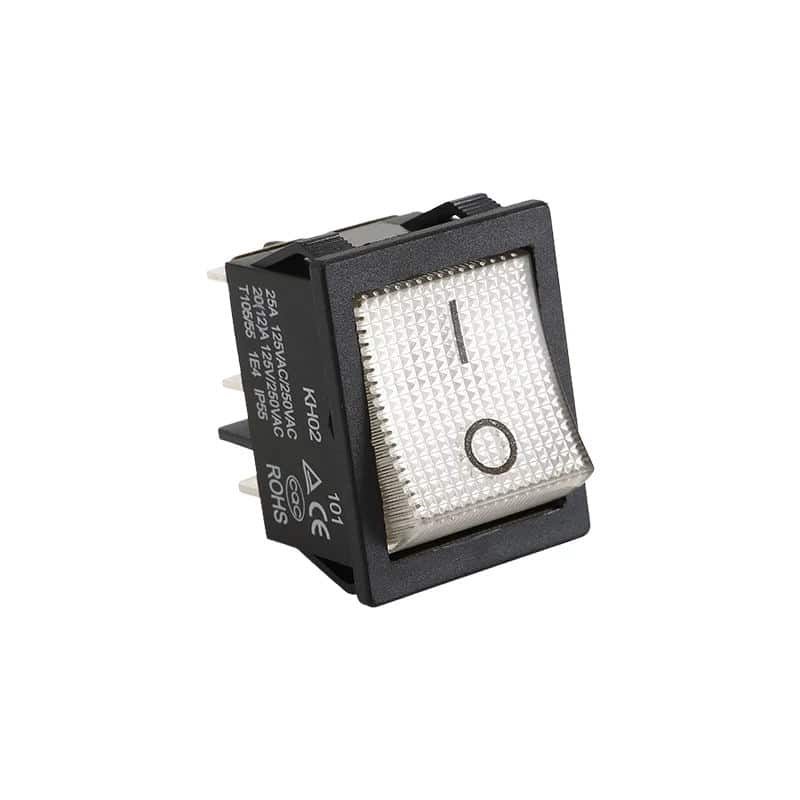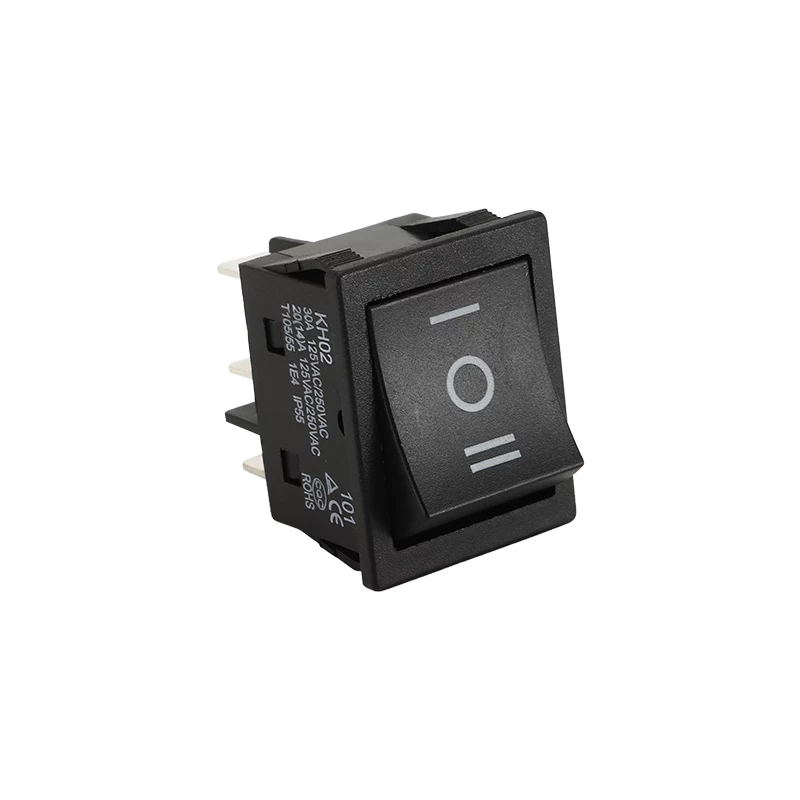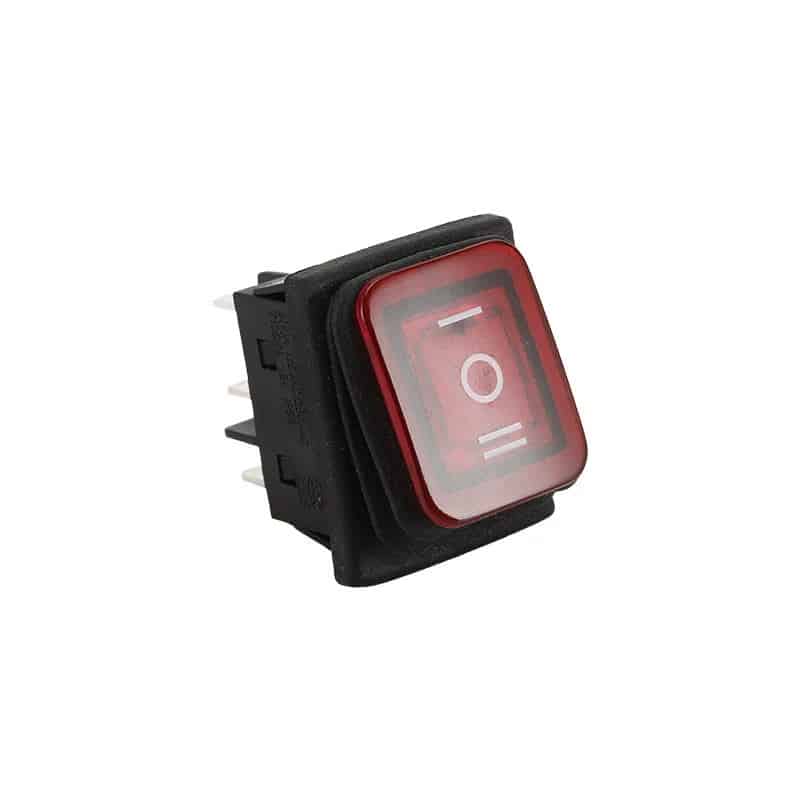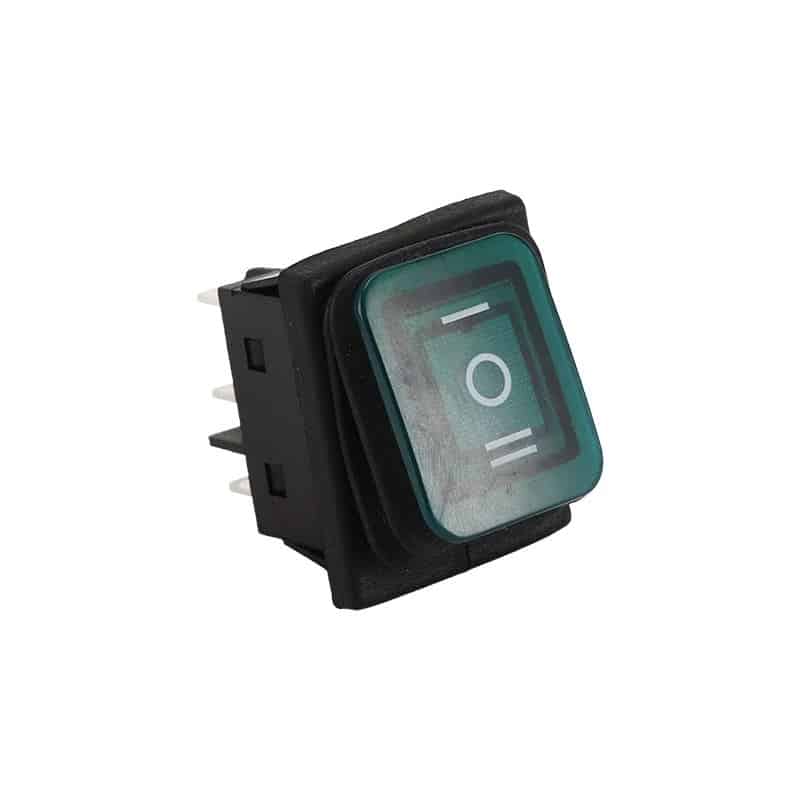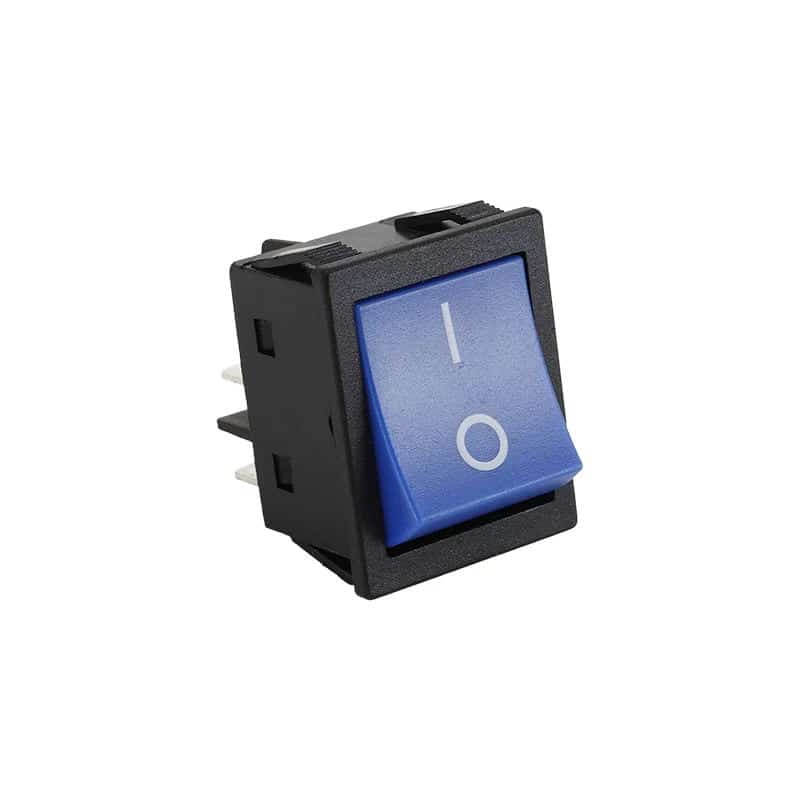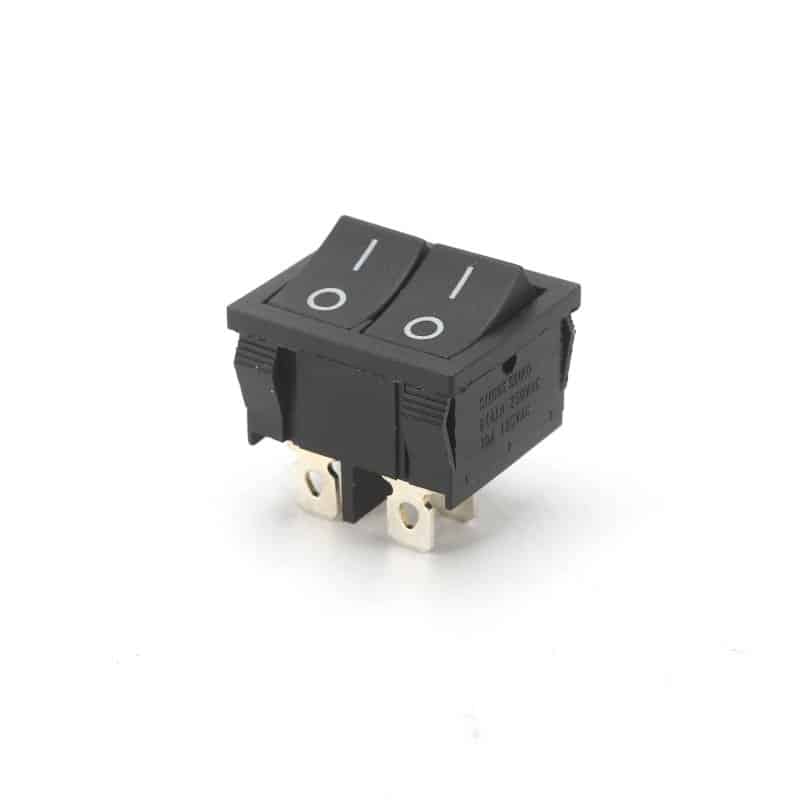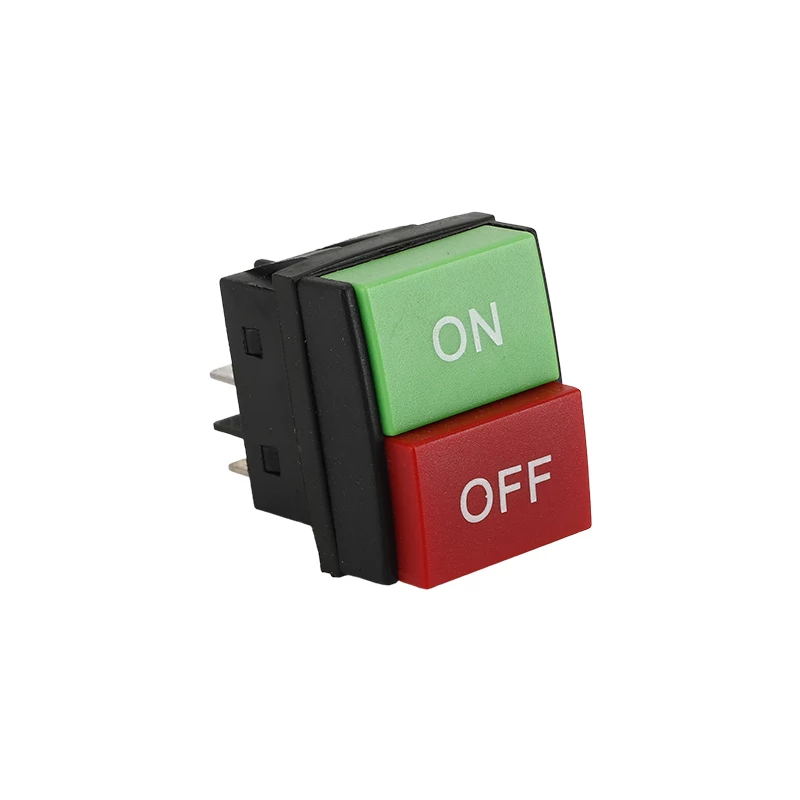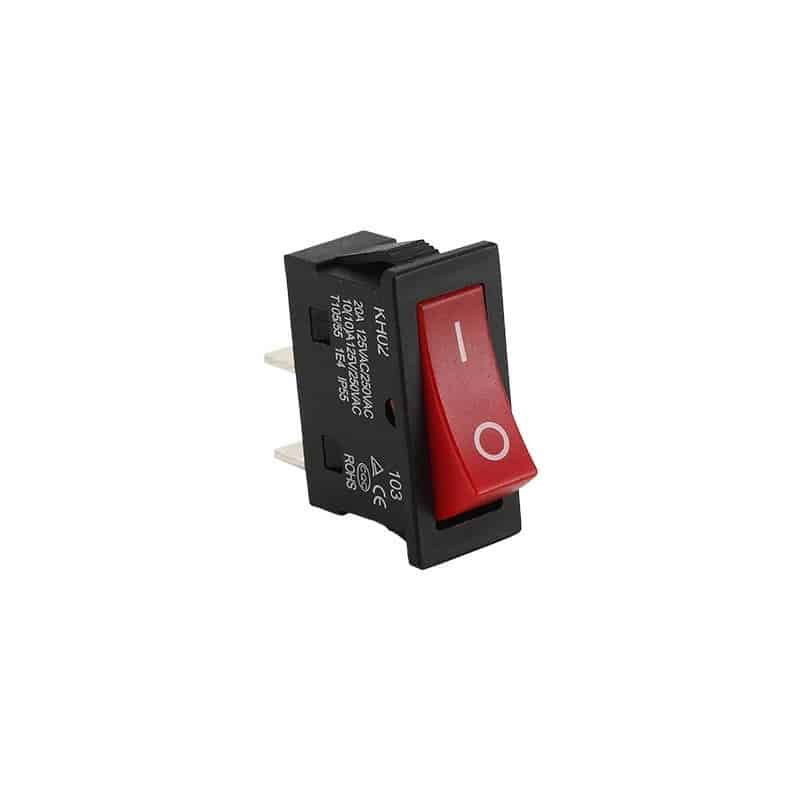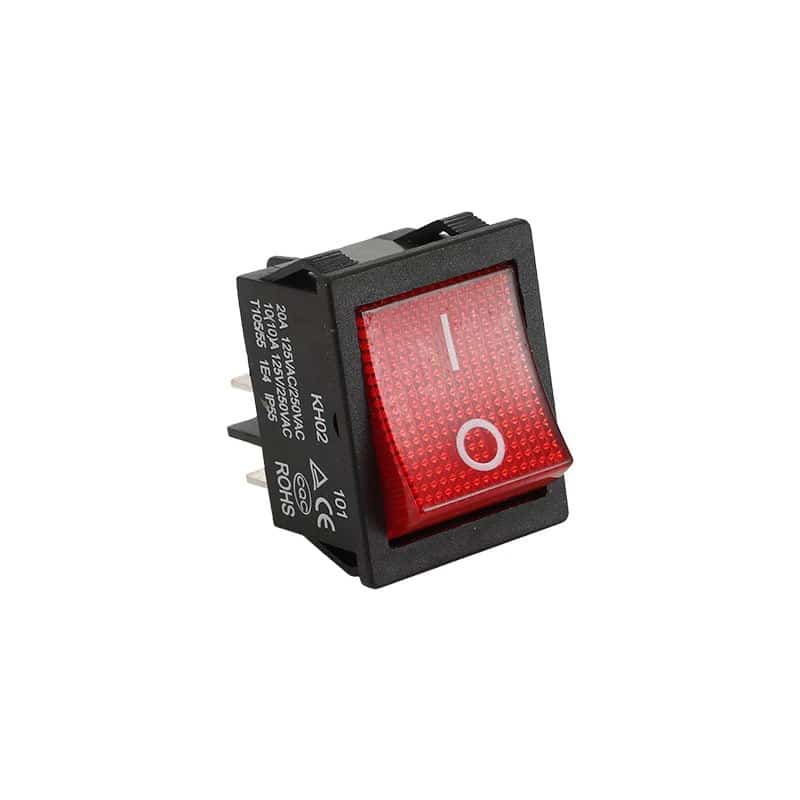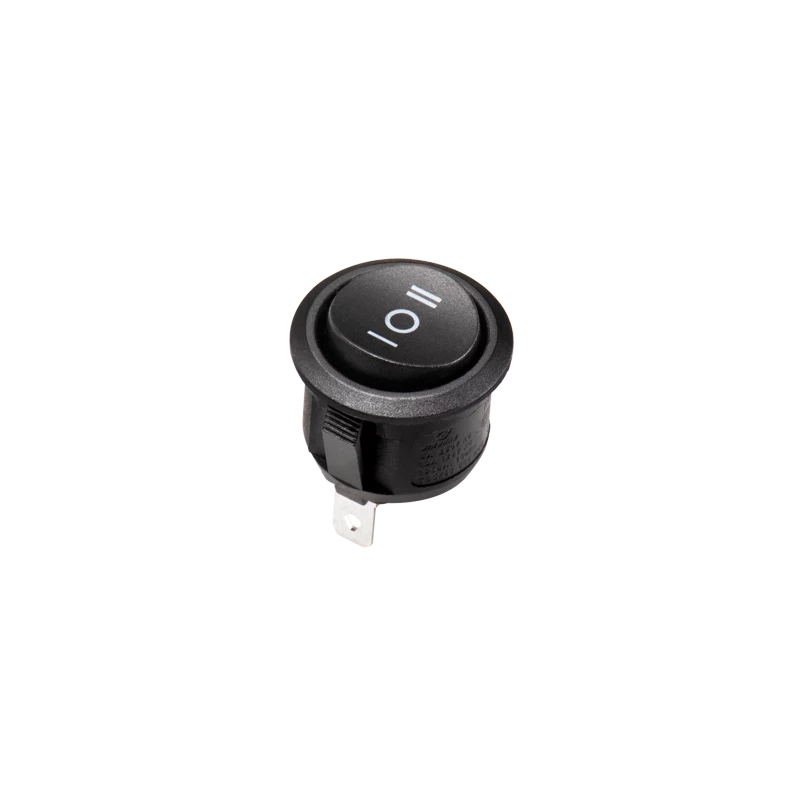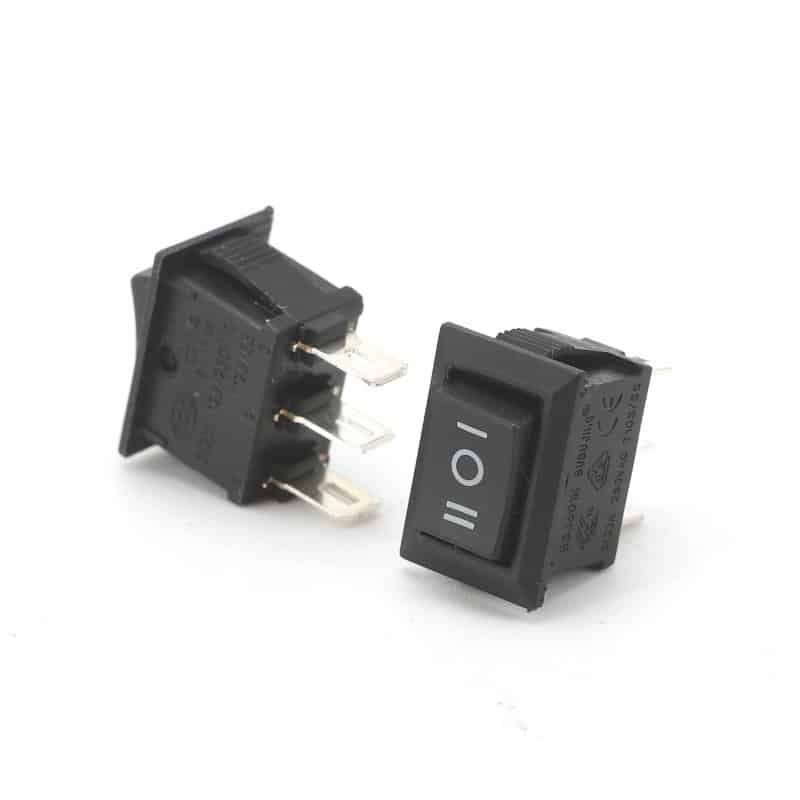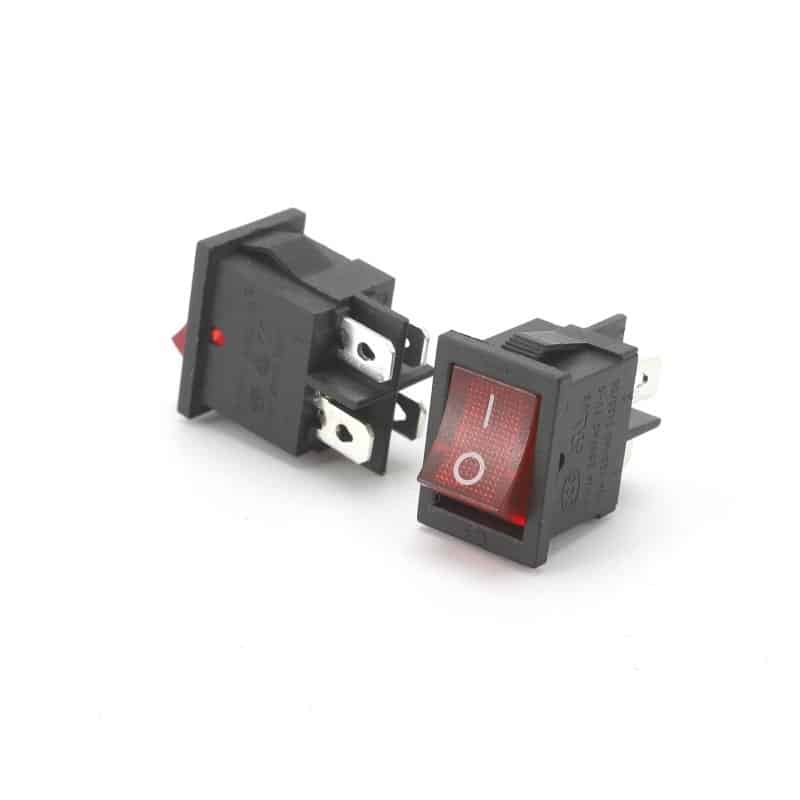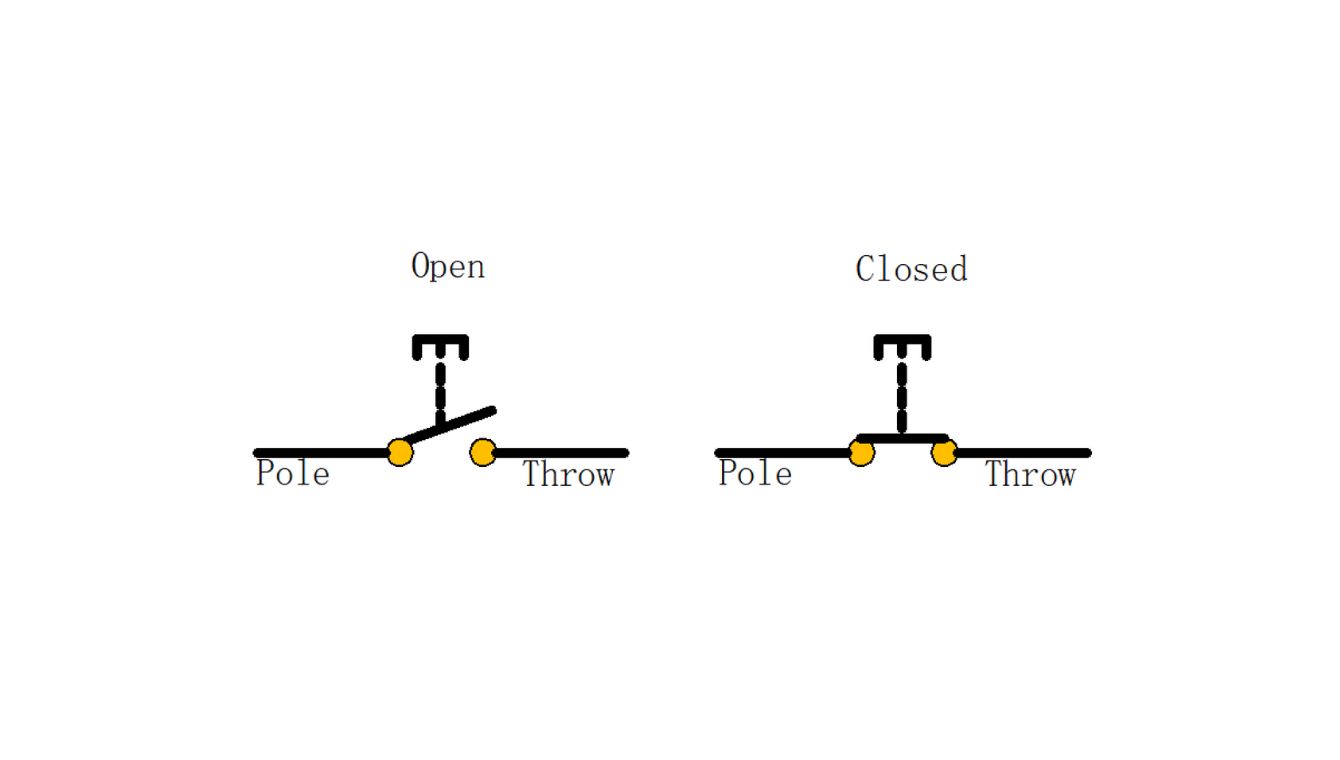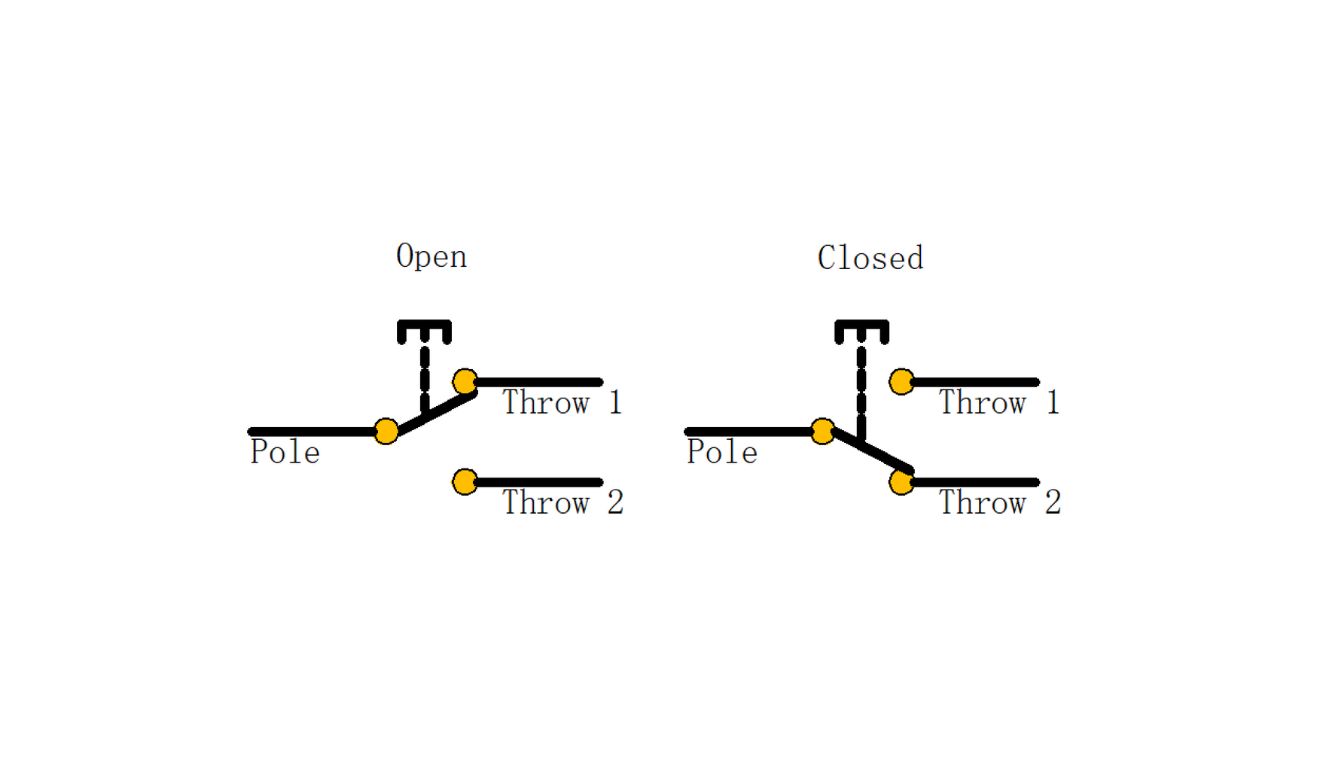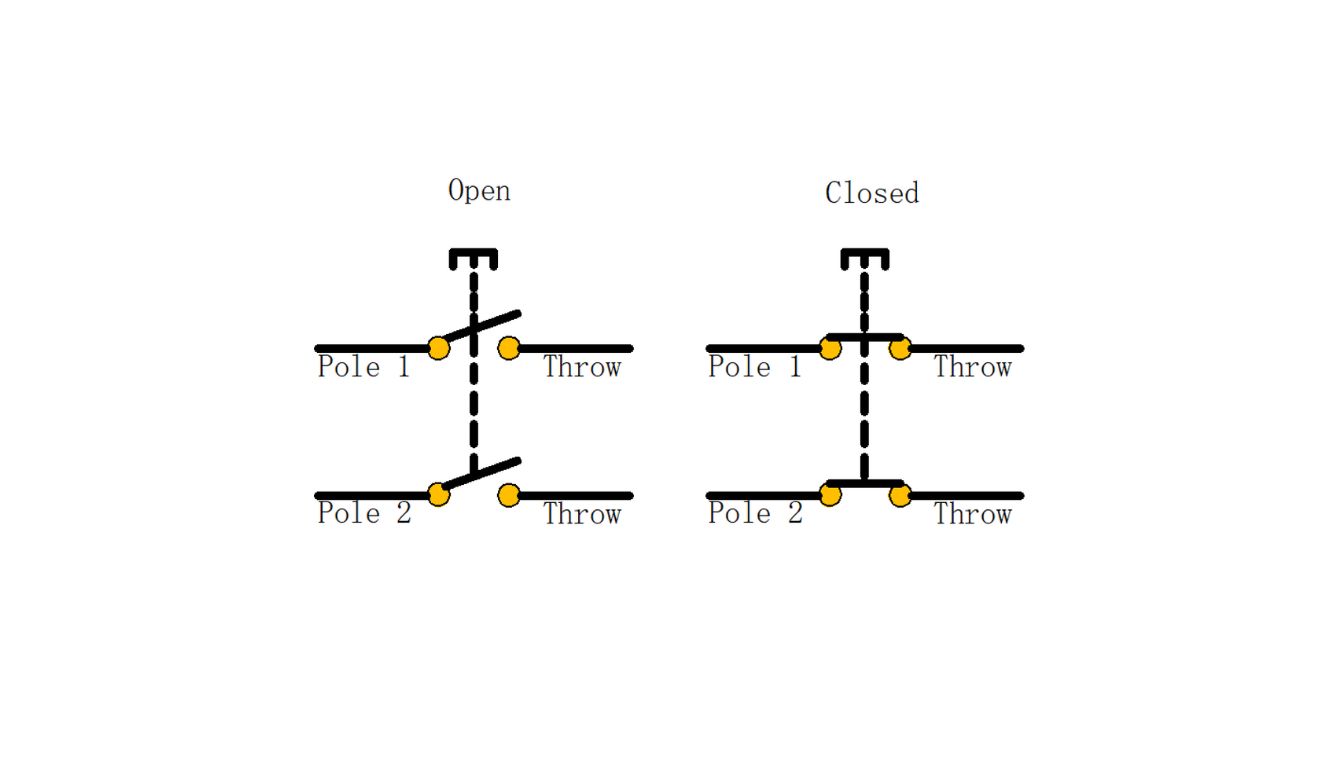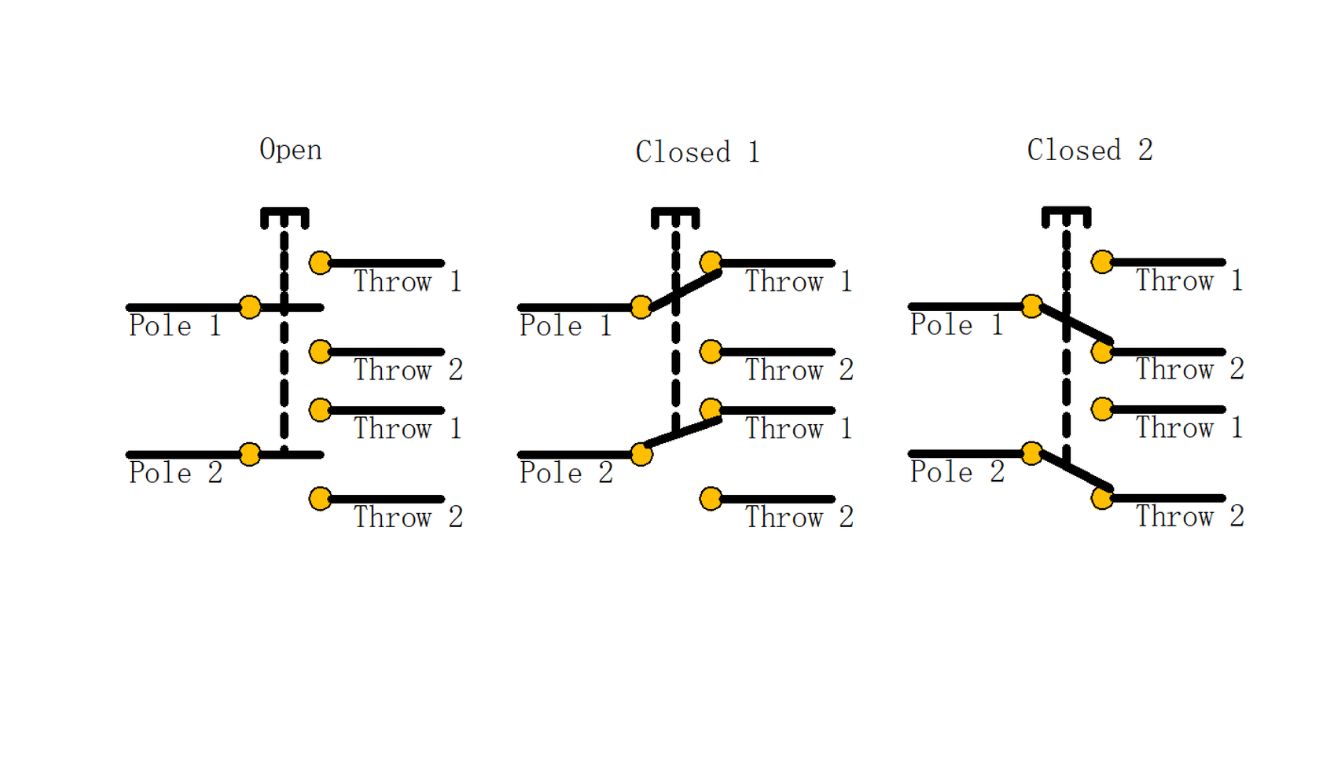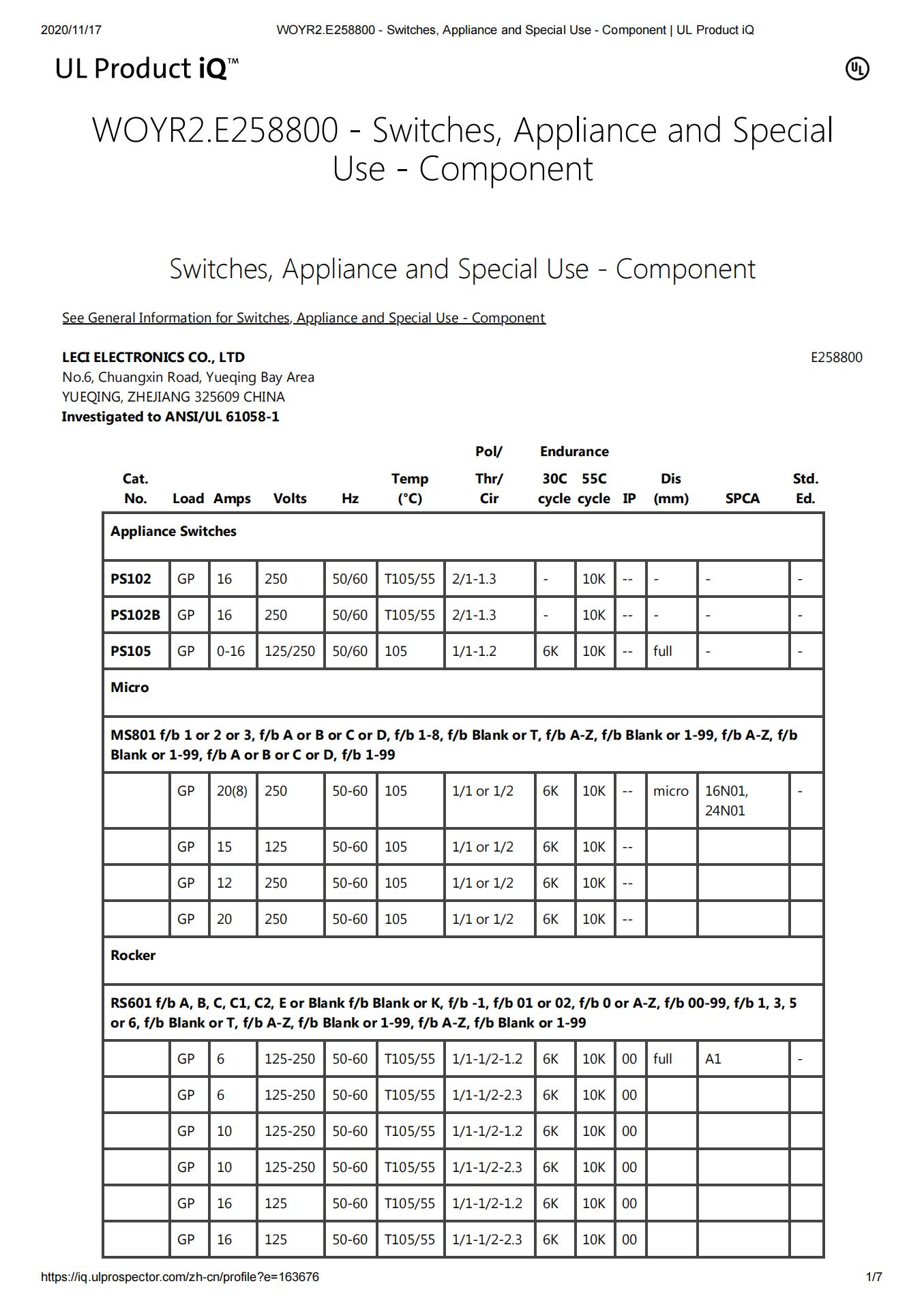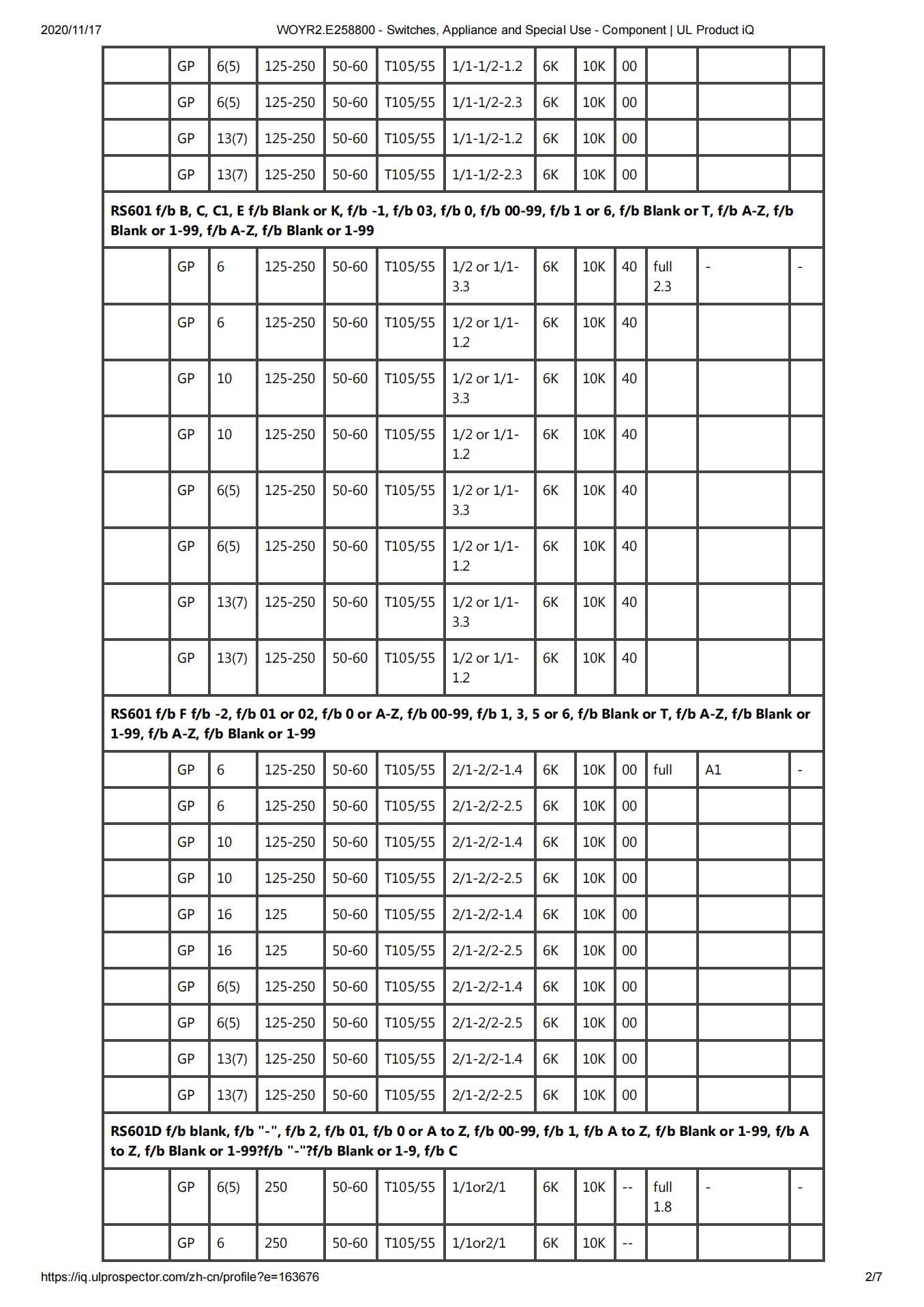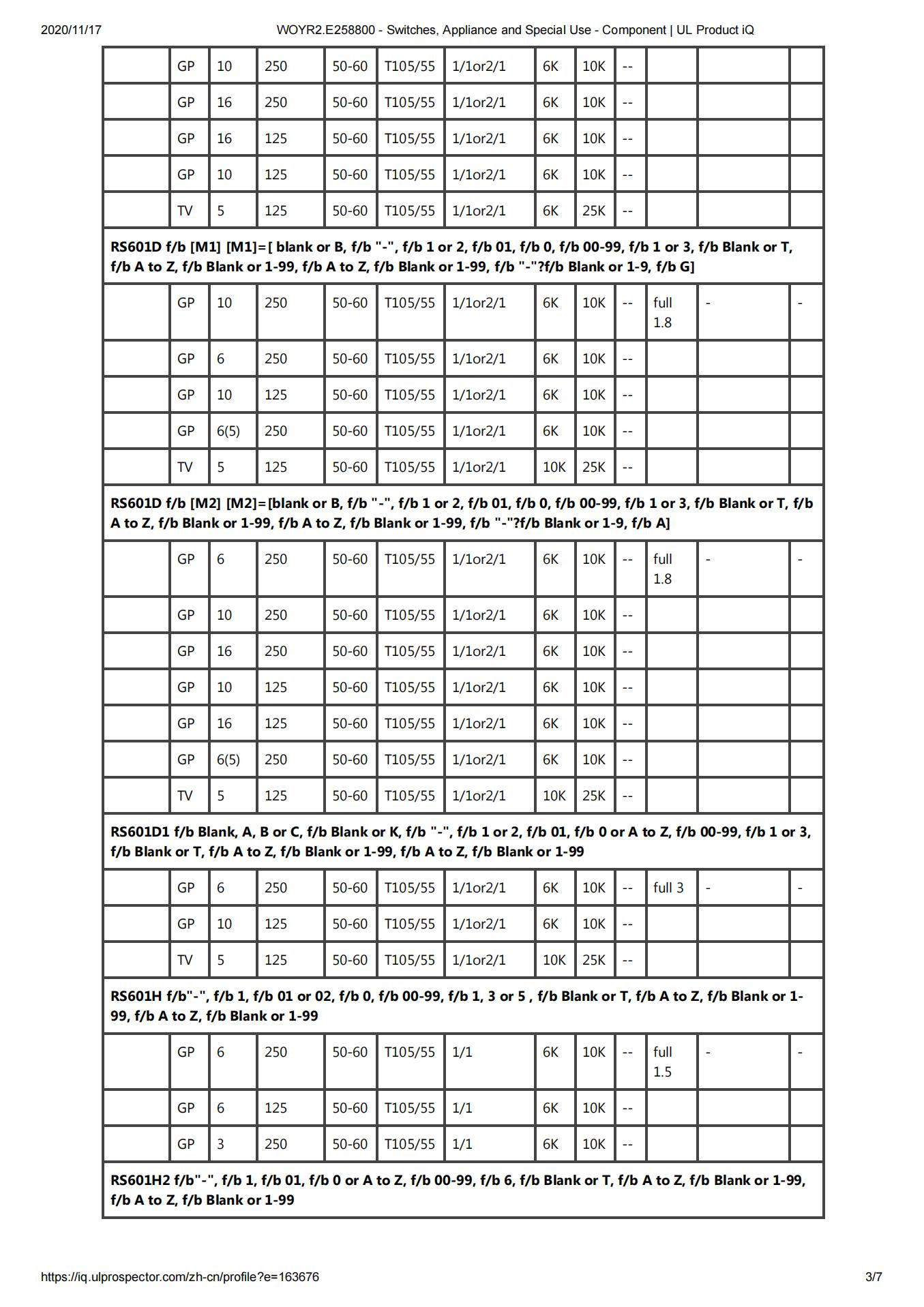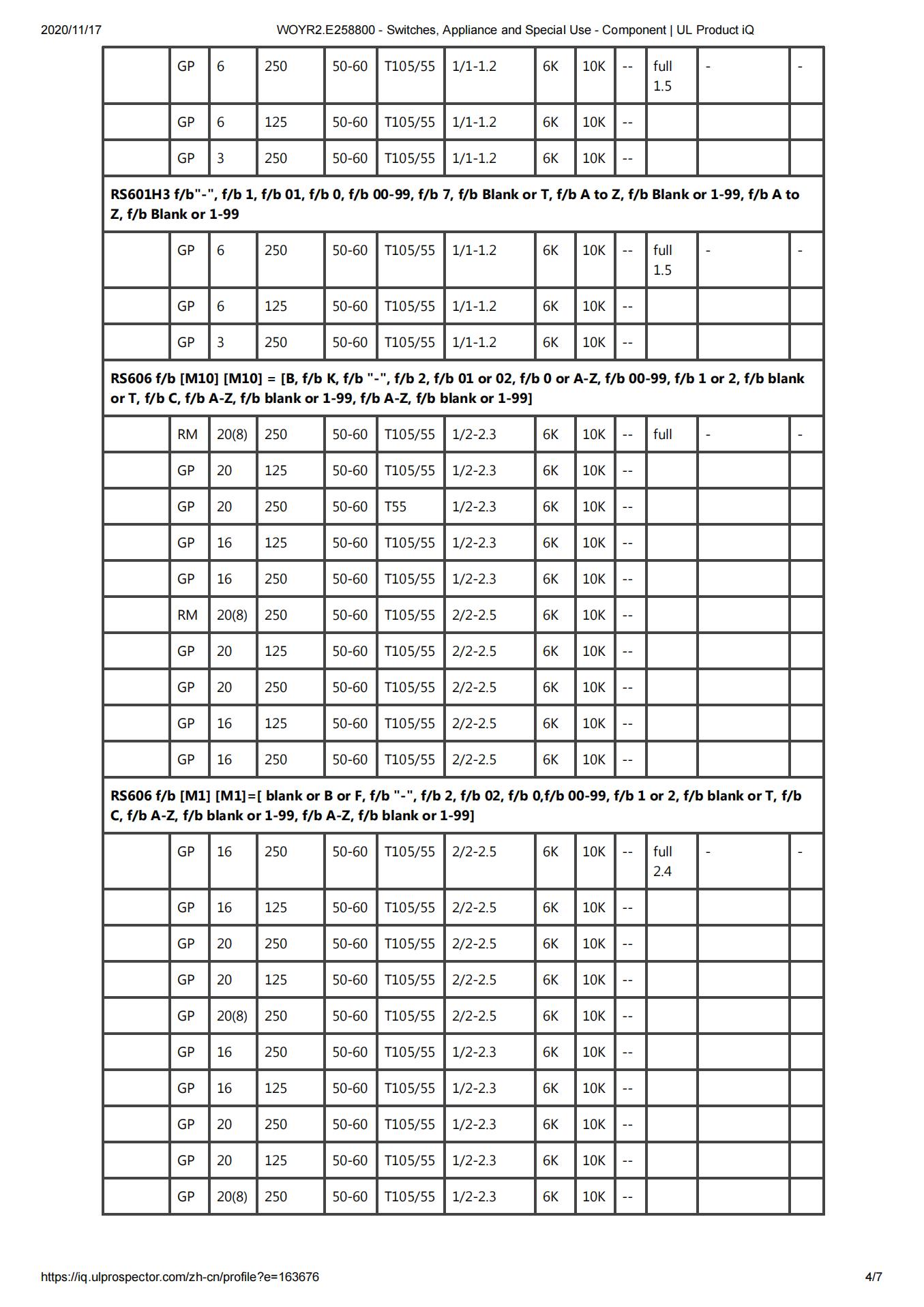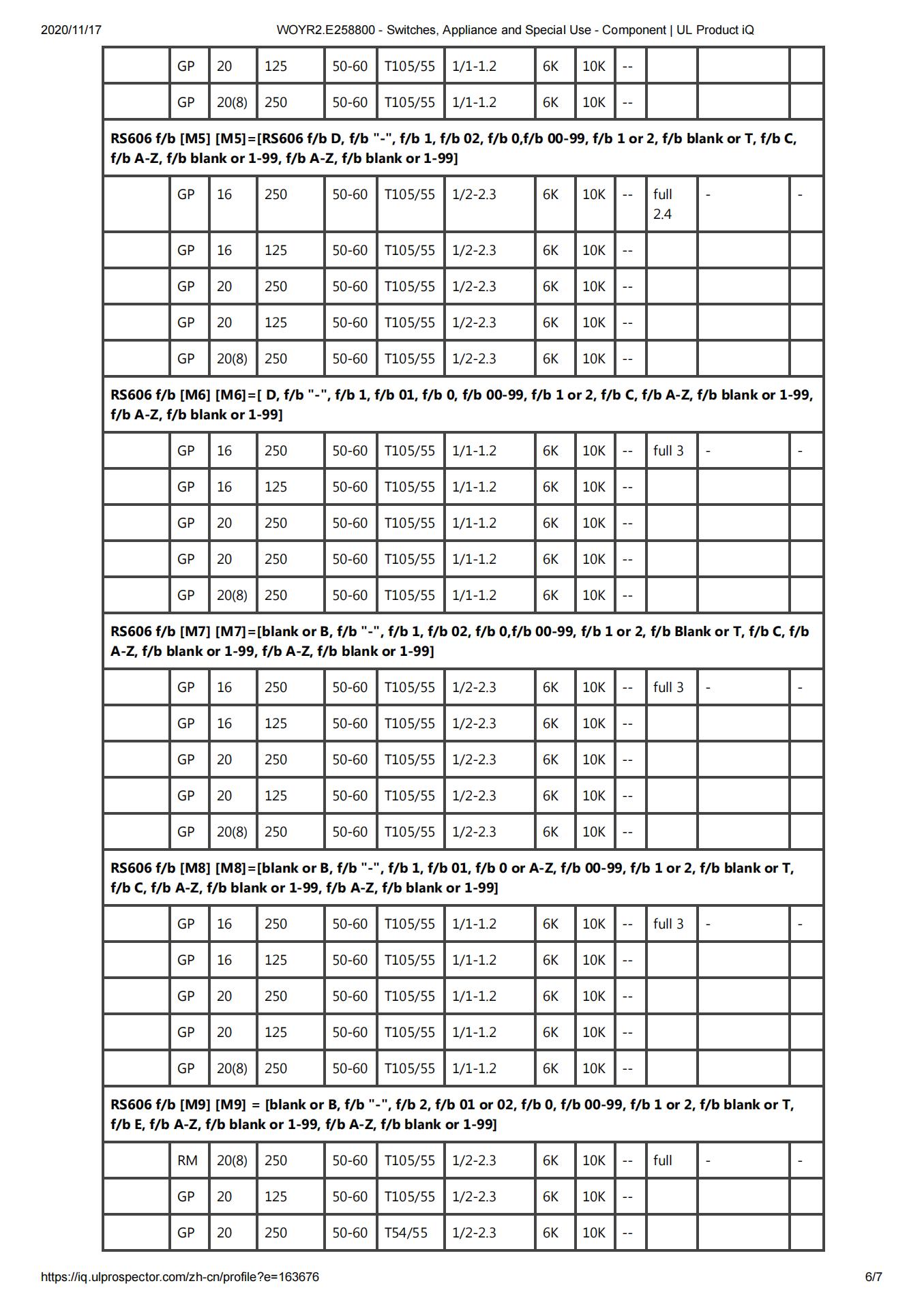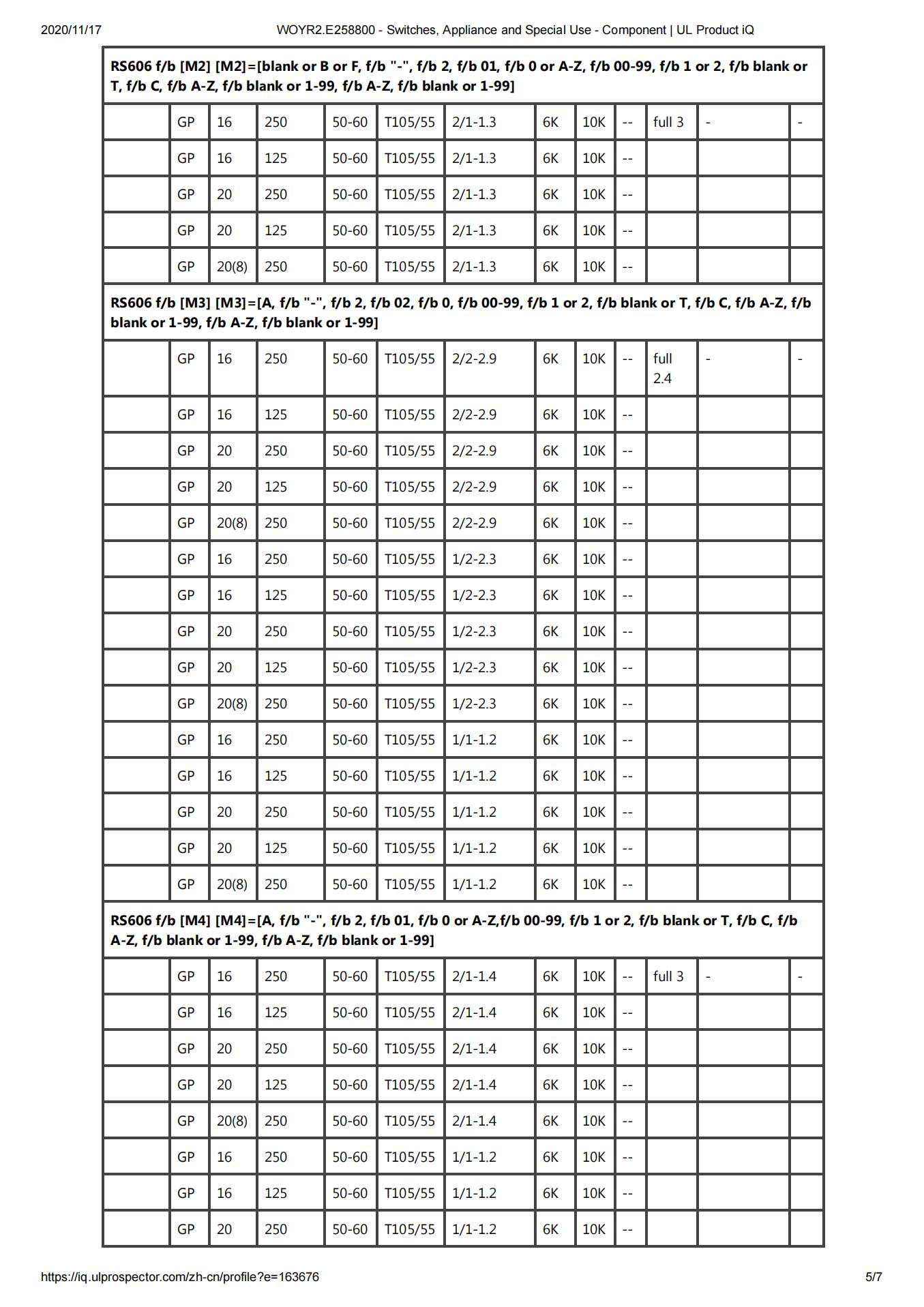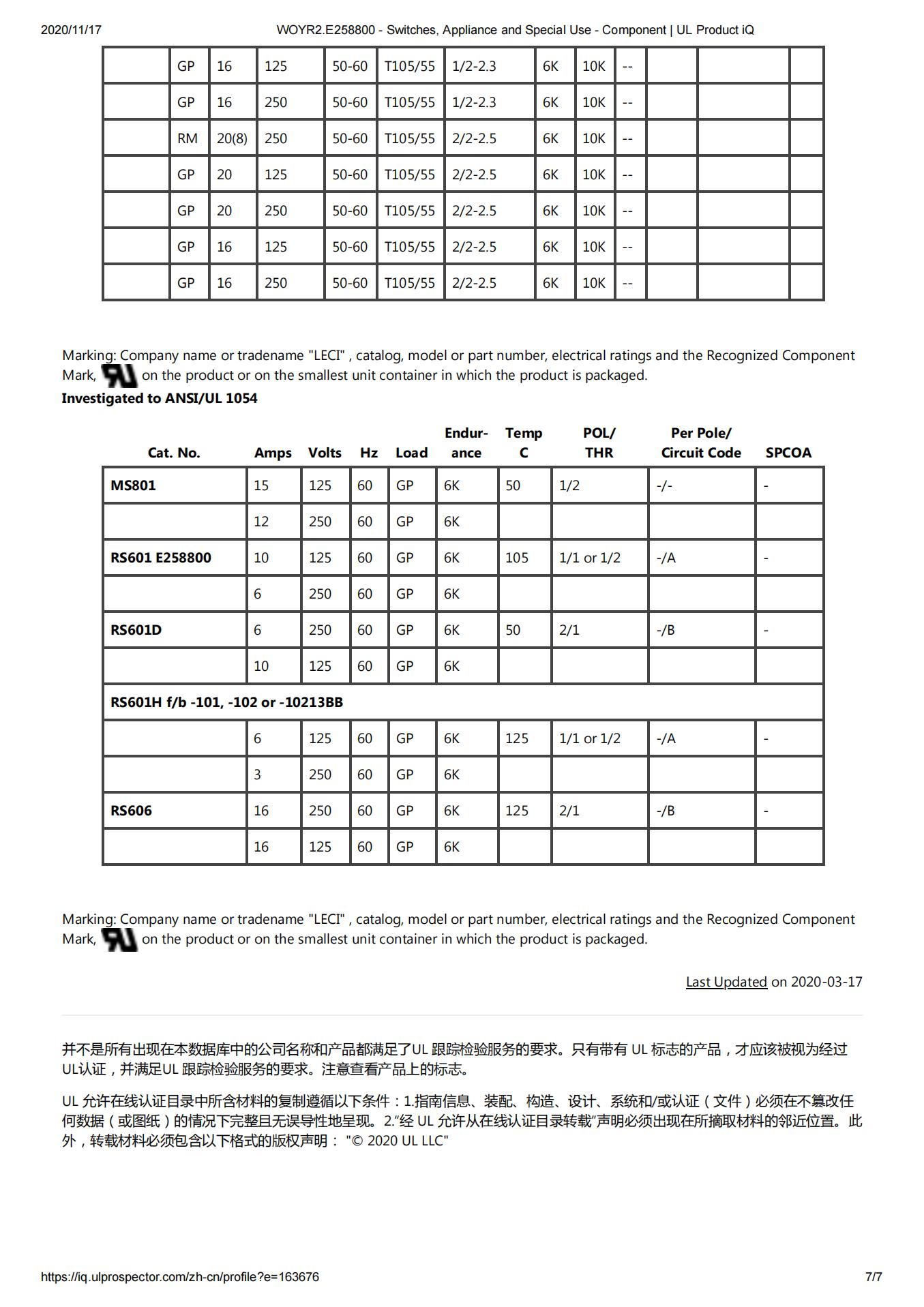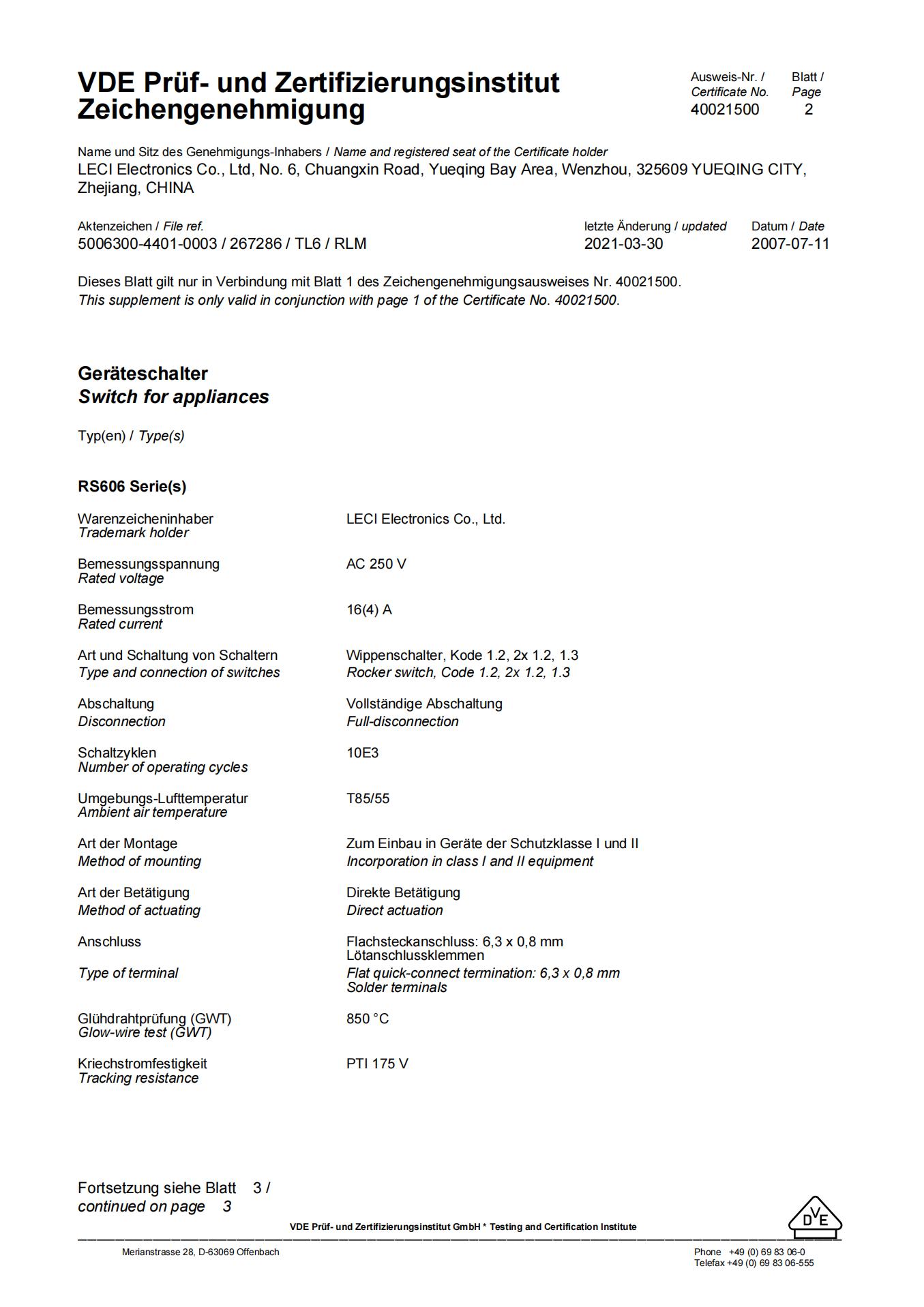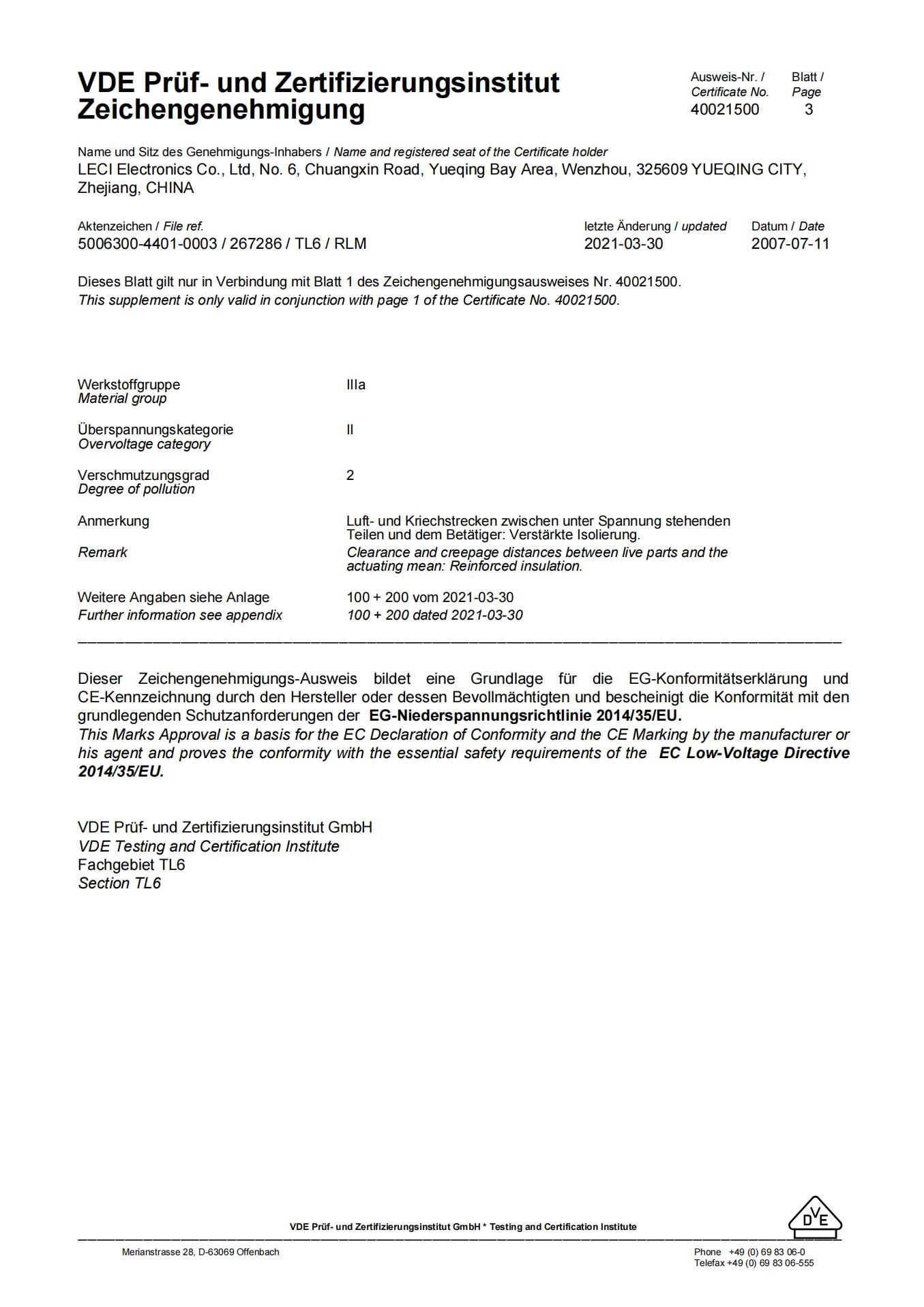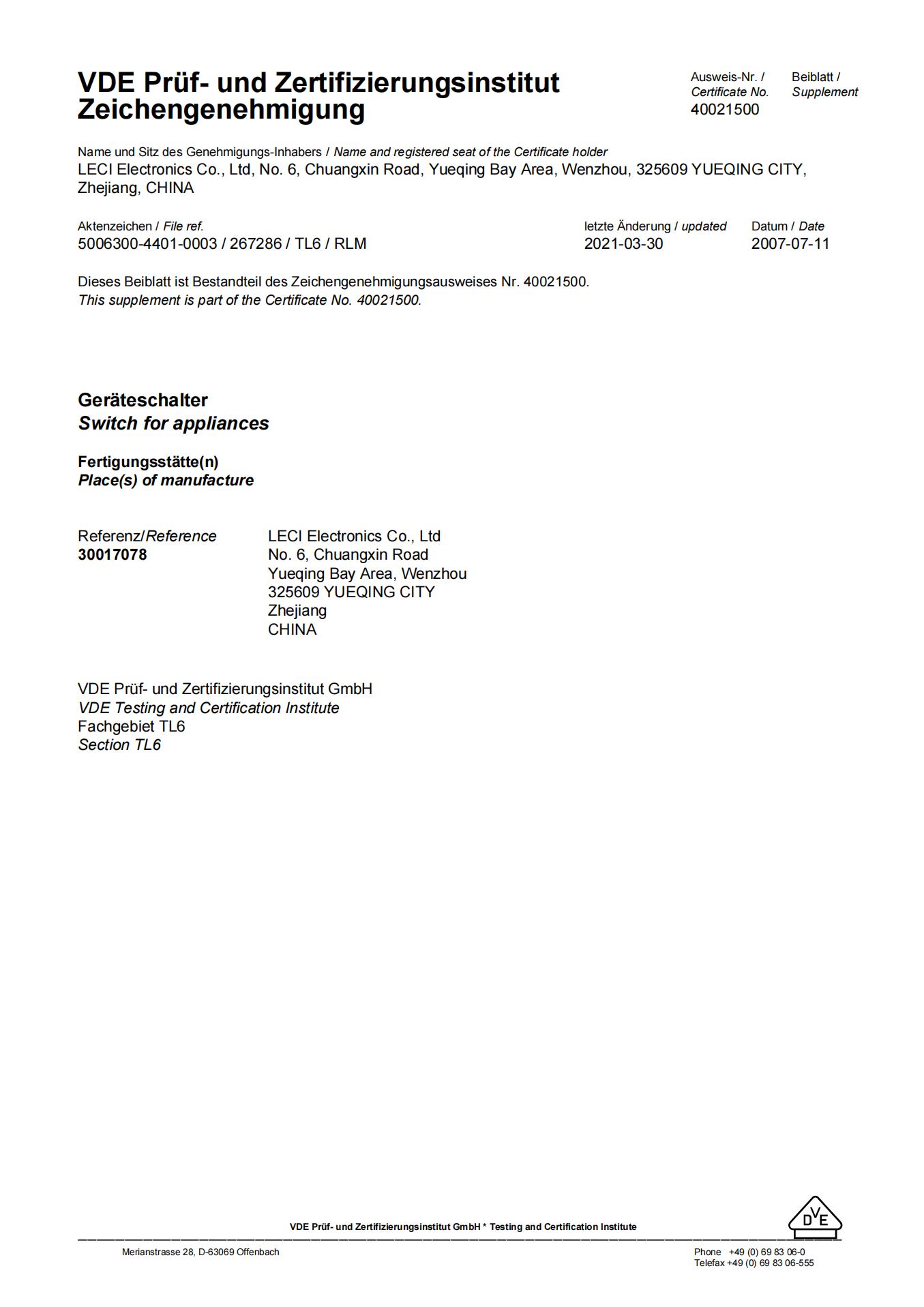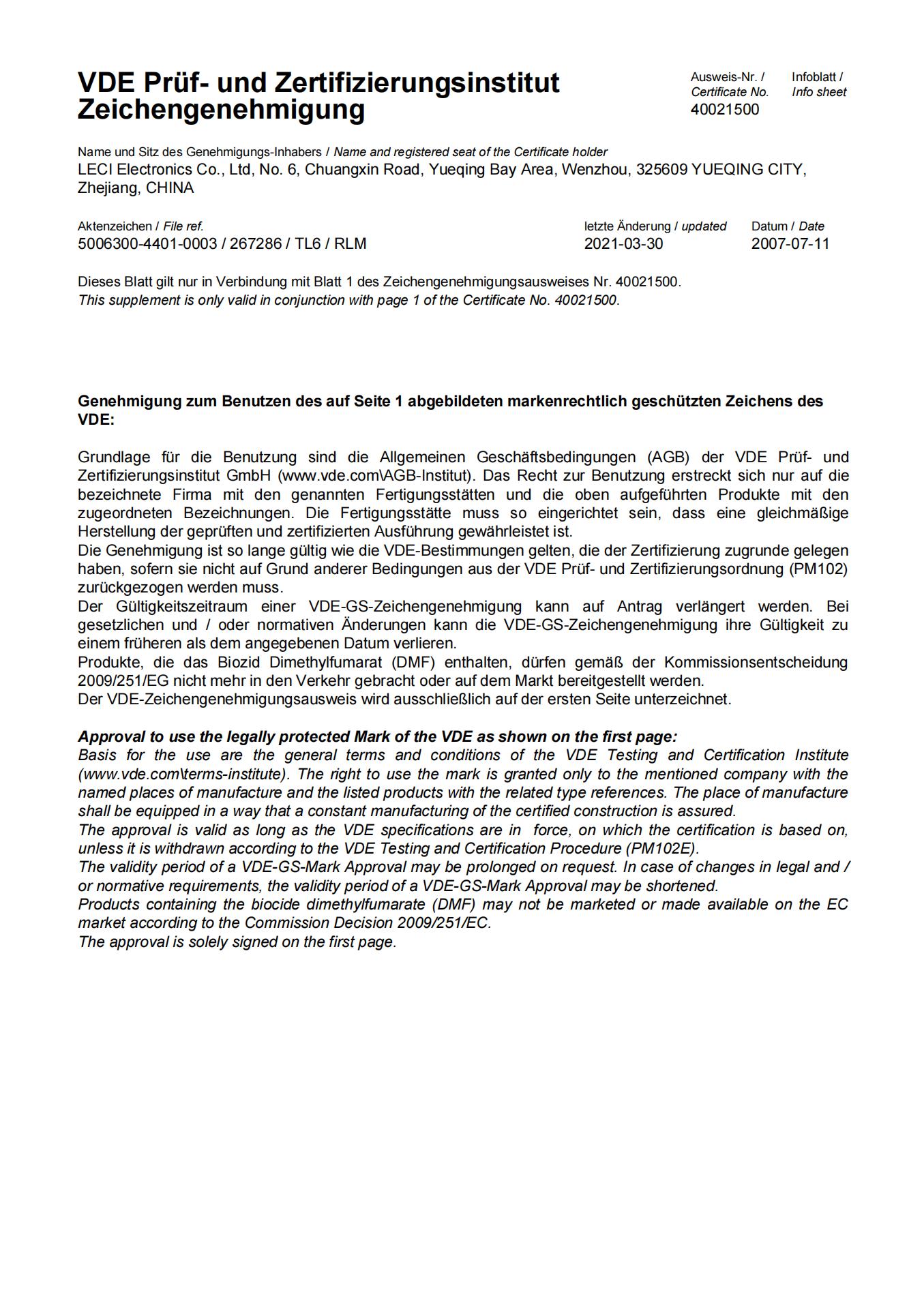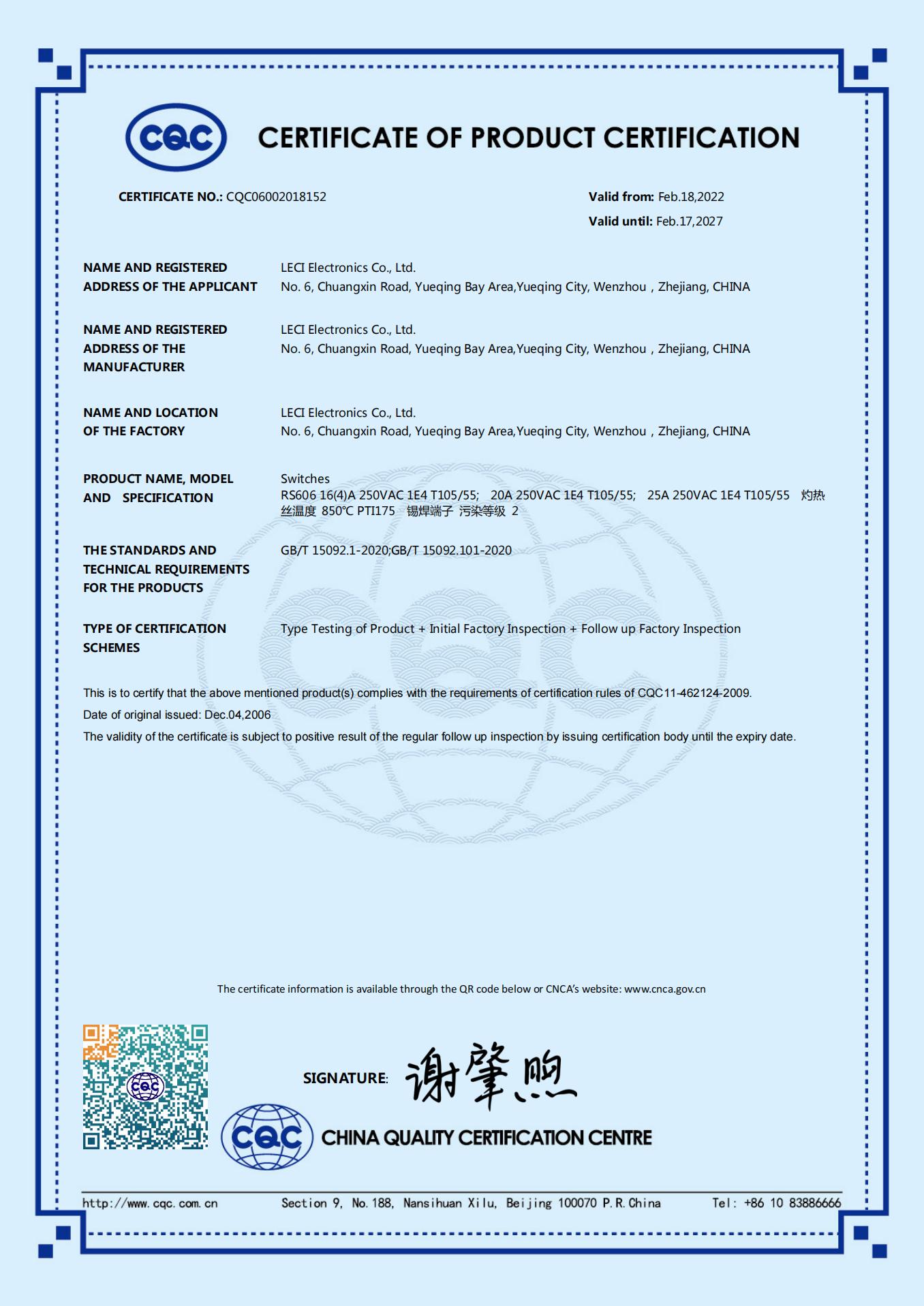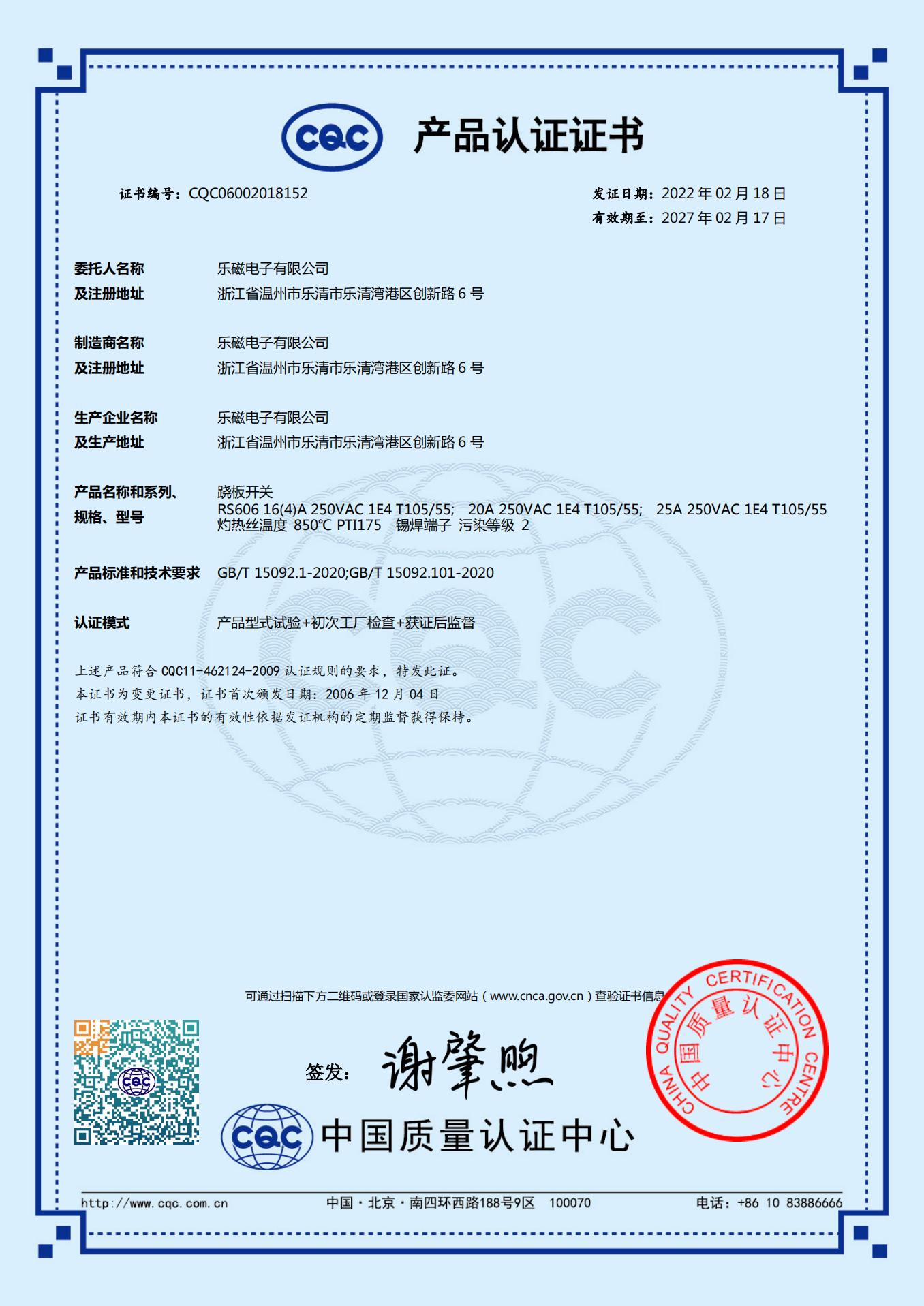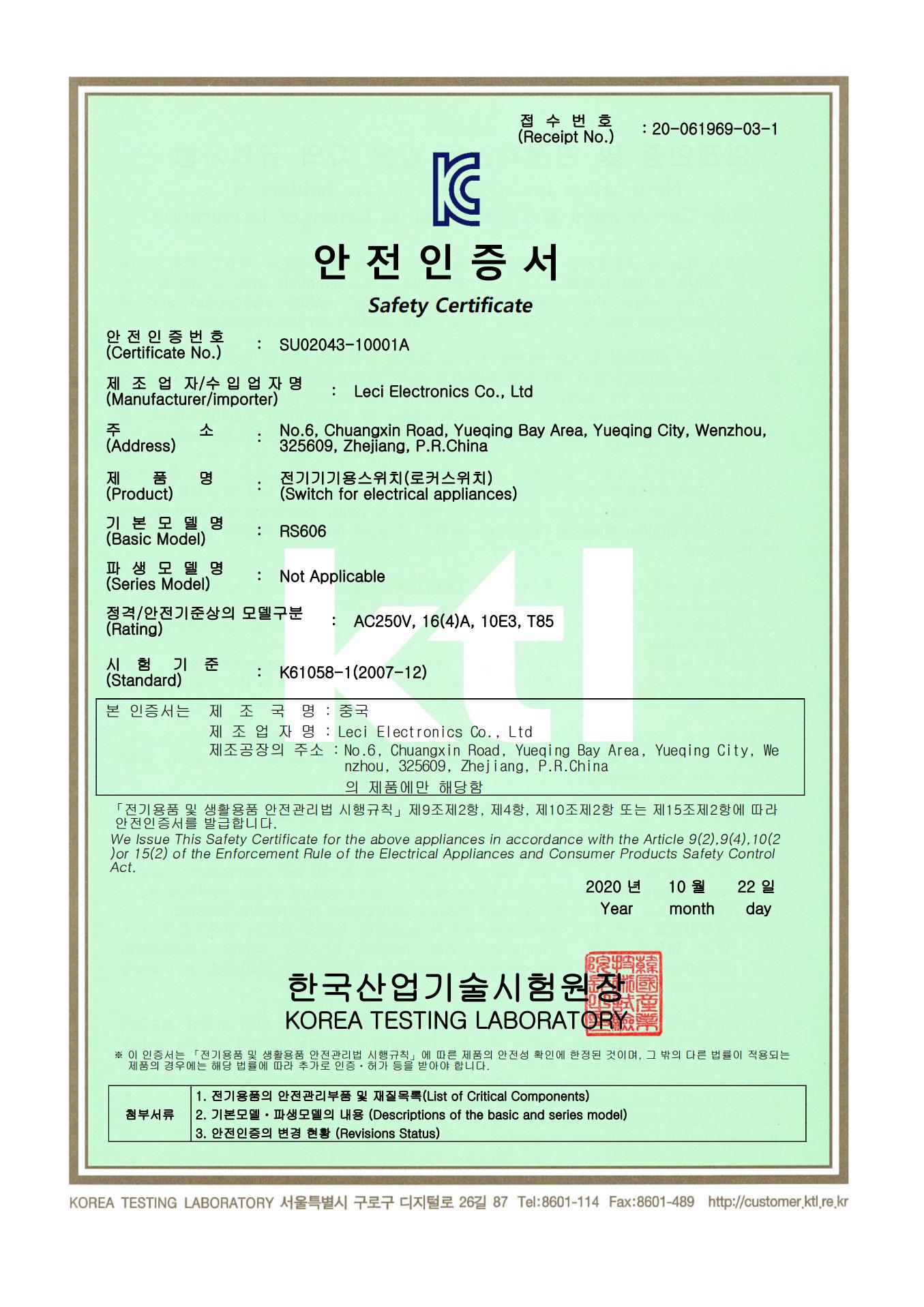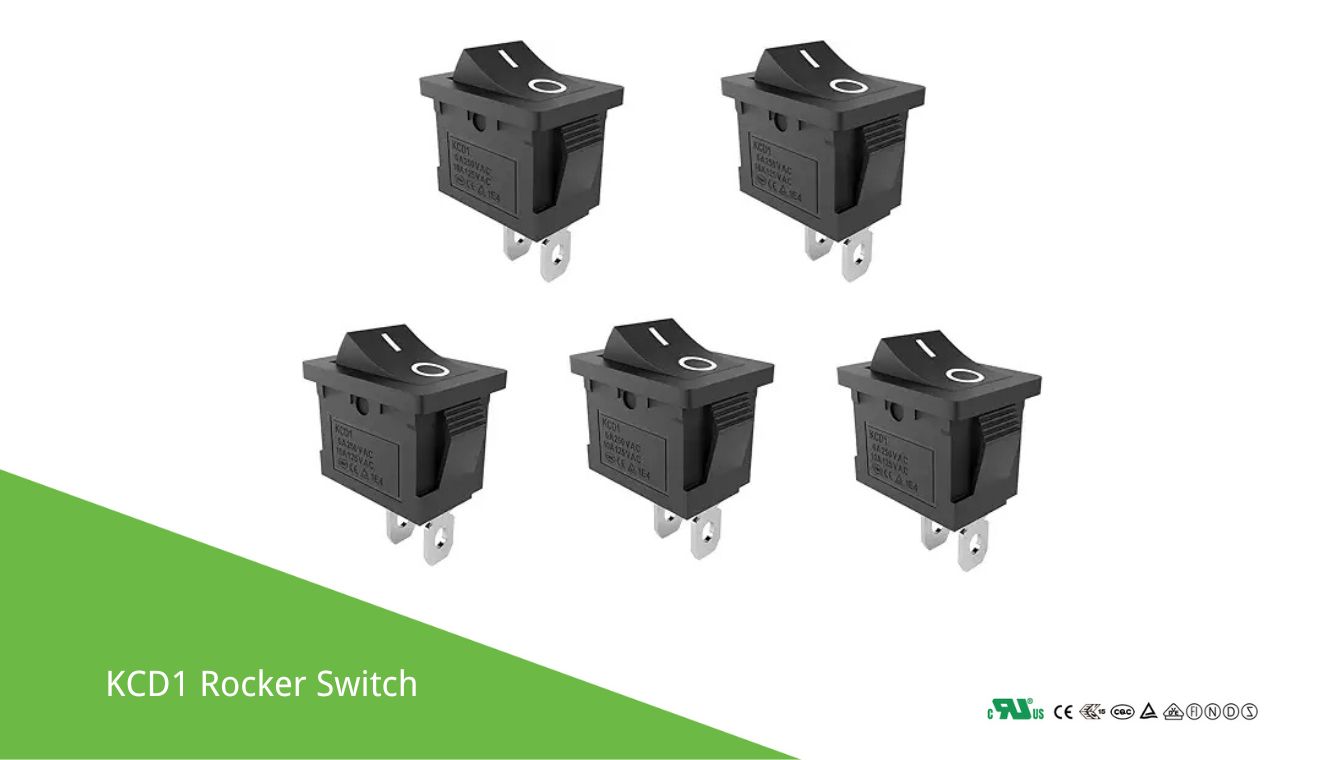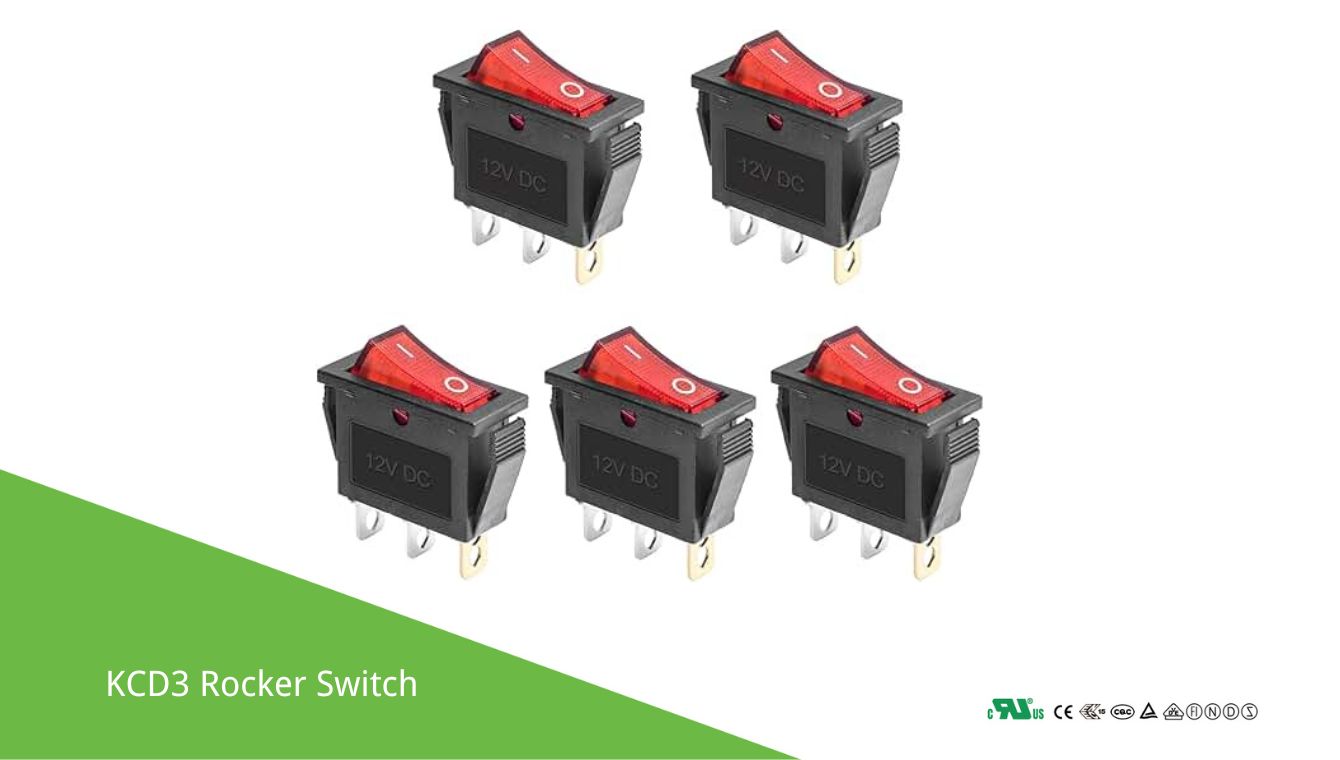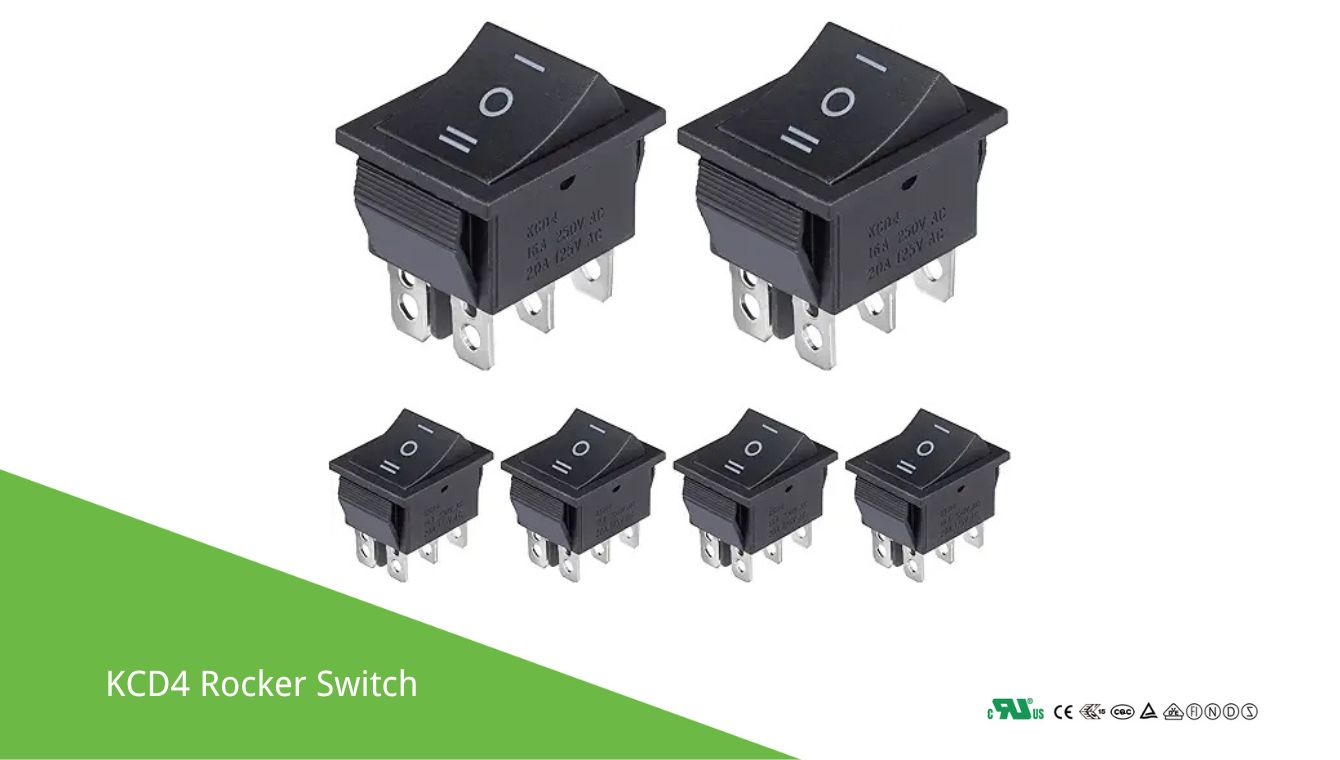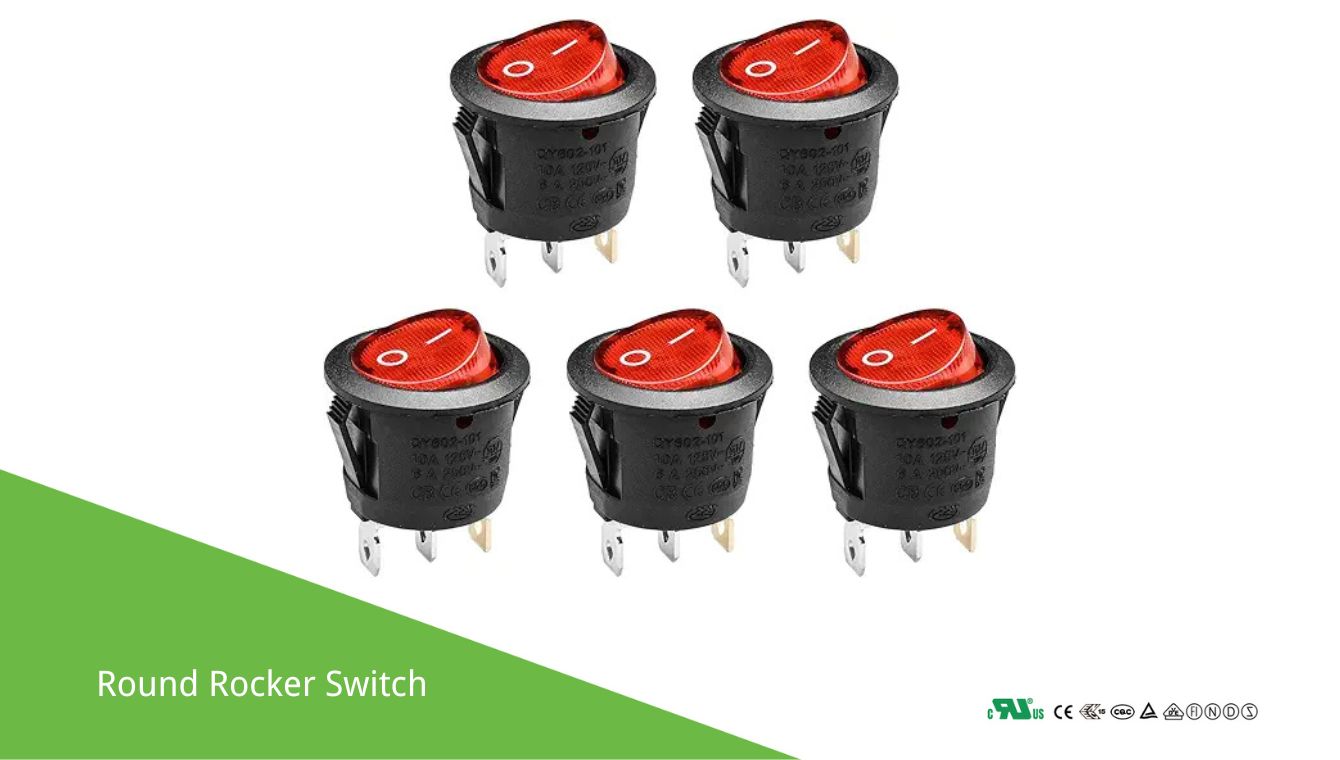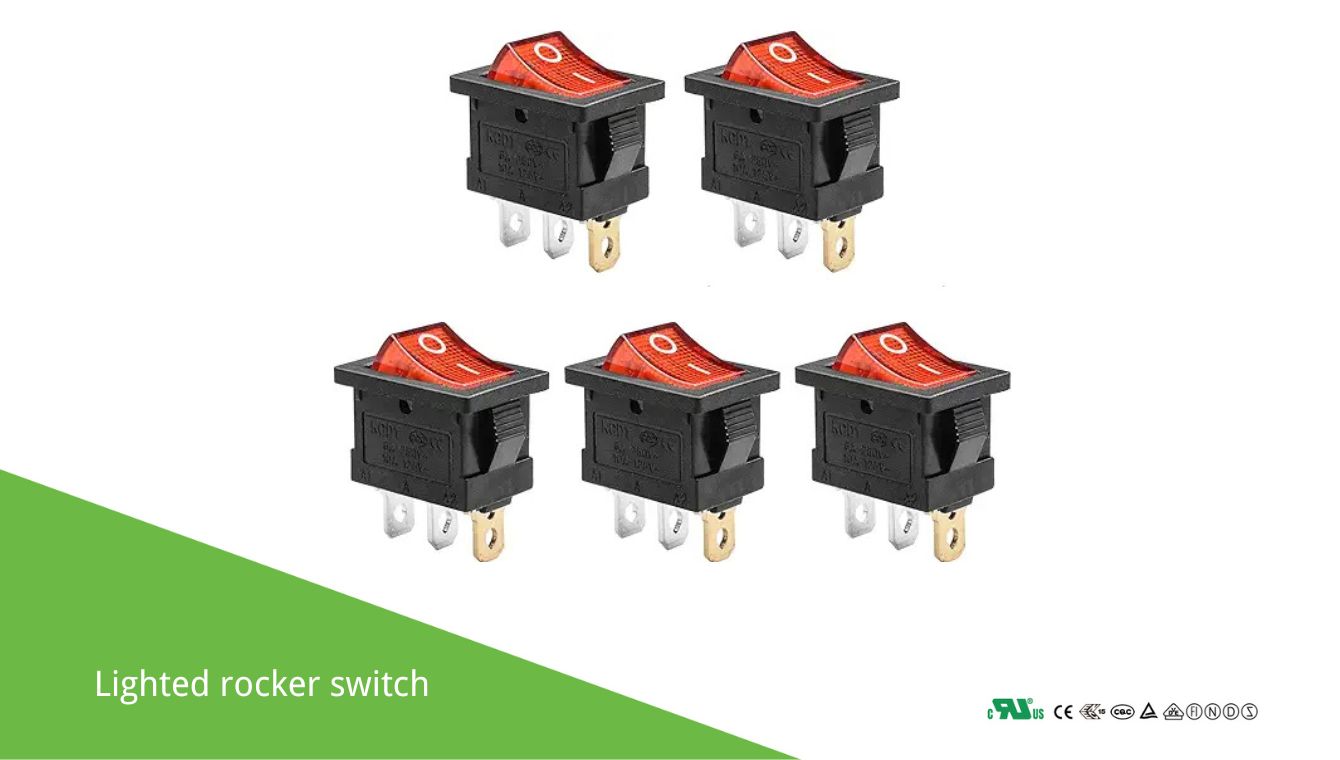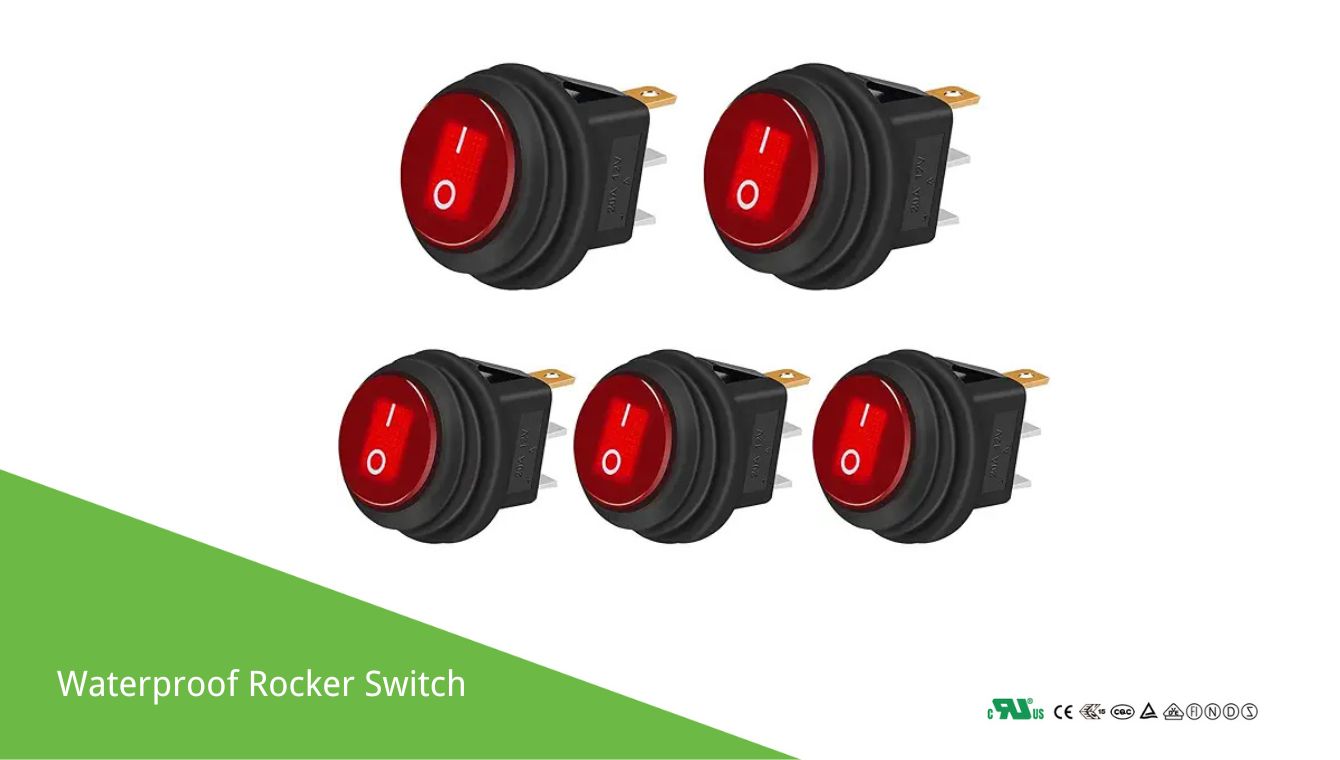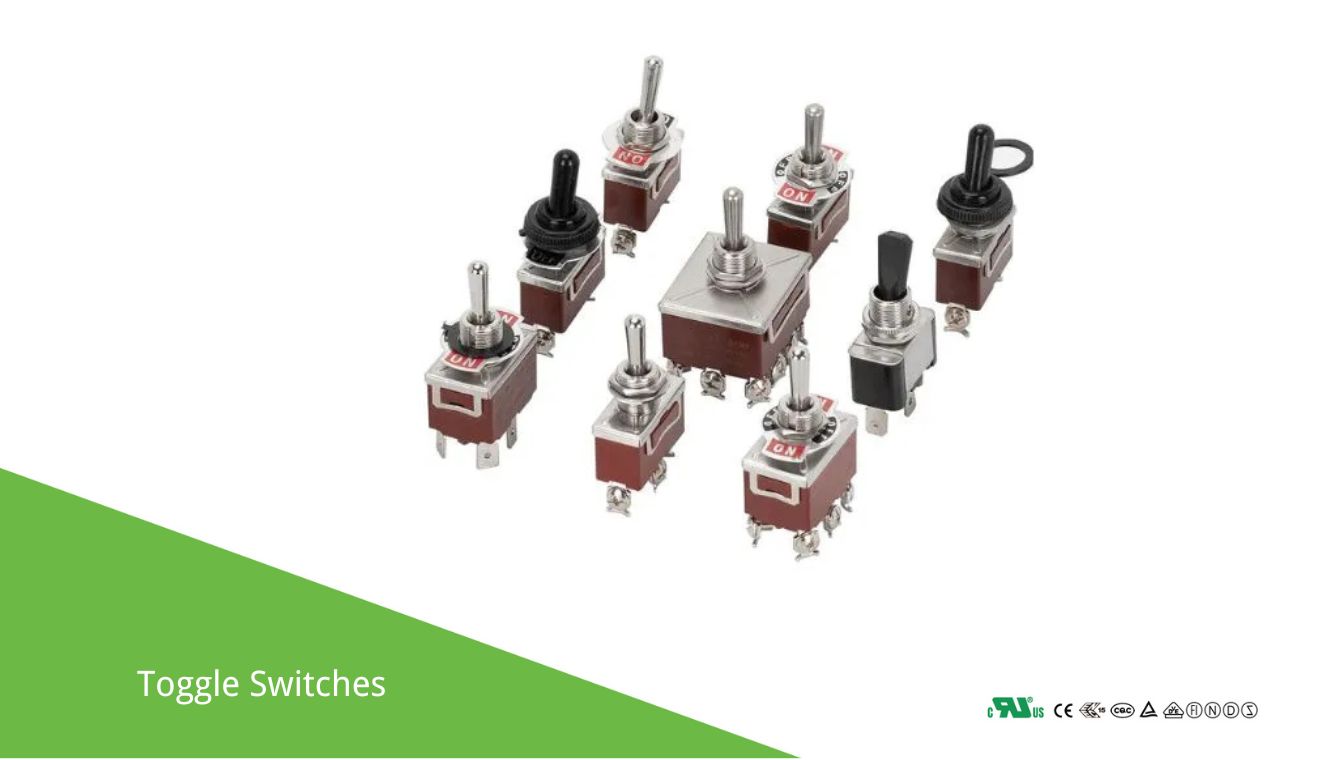How do you choose a 12v rocker switch that best suits your needs?
When choosing a 12V rocker switch, you must first consider the size and appearance of your device space. We have large, medium, small, and mini switches classified by size. Next, you need to choose the shape of the switch. We provide a variety of shapes such as quadrilateral, rectangle, circle, oval, etc. You can contact us directly for specific details!
12V Rocker Switch Waterproof Cover
Our 12V Waterproof Rocker Switch with a waterproof cover ensures reliable performance in various environments. Designed in China, it offers durable construction, easy installation, and a sleek appearance. Ideal for automotive, marine, and industrial applications, our switches are rigorously tested for quality and longevity. Choose us for cost-effective solutions and superior craftsmanship that meet international standards.
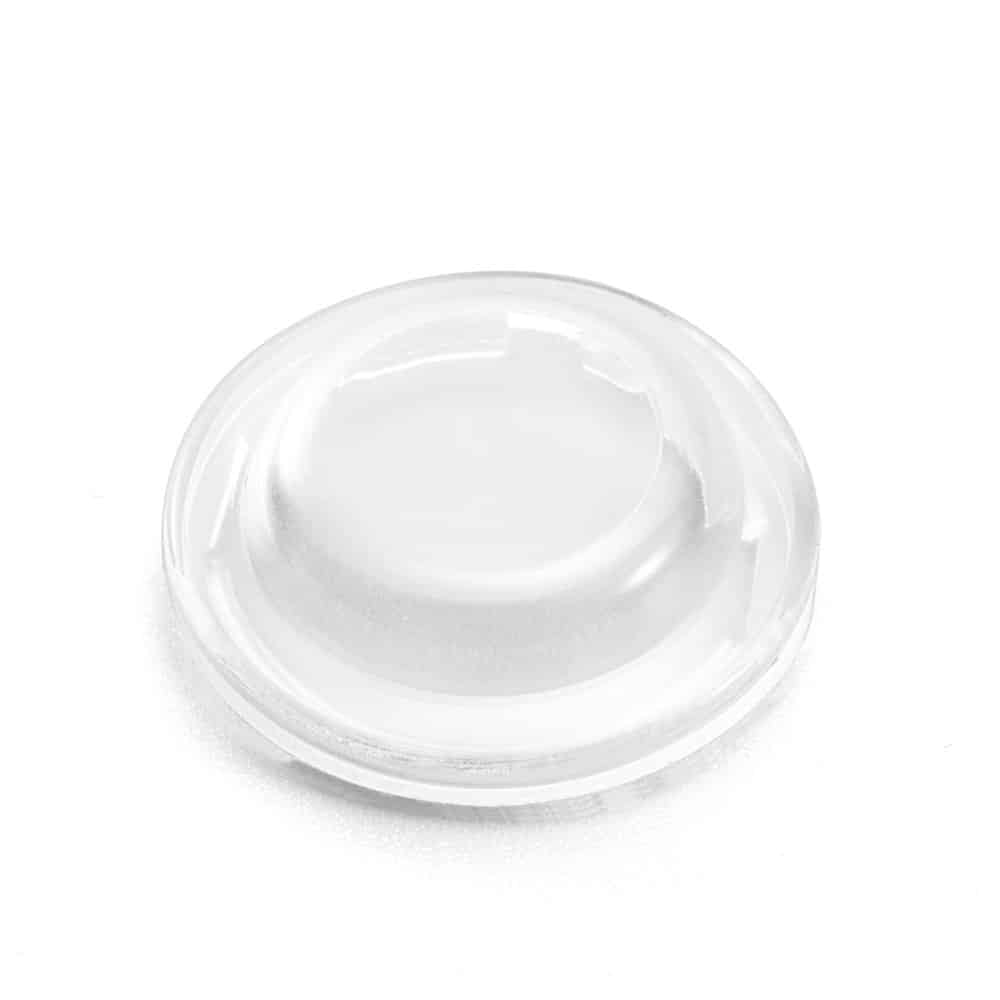
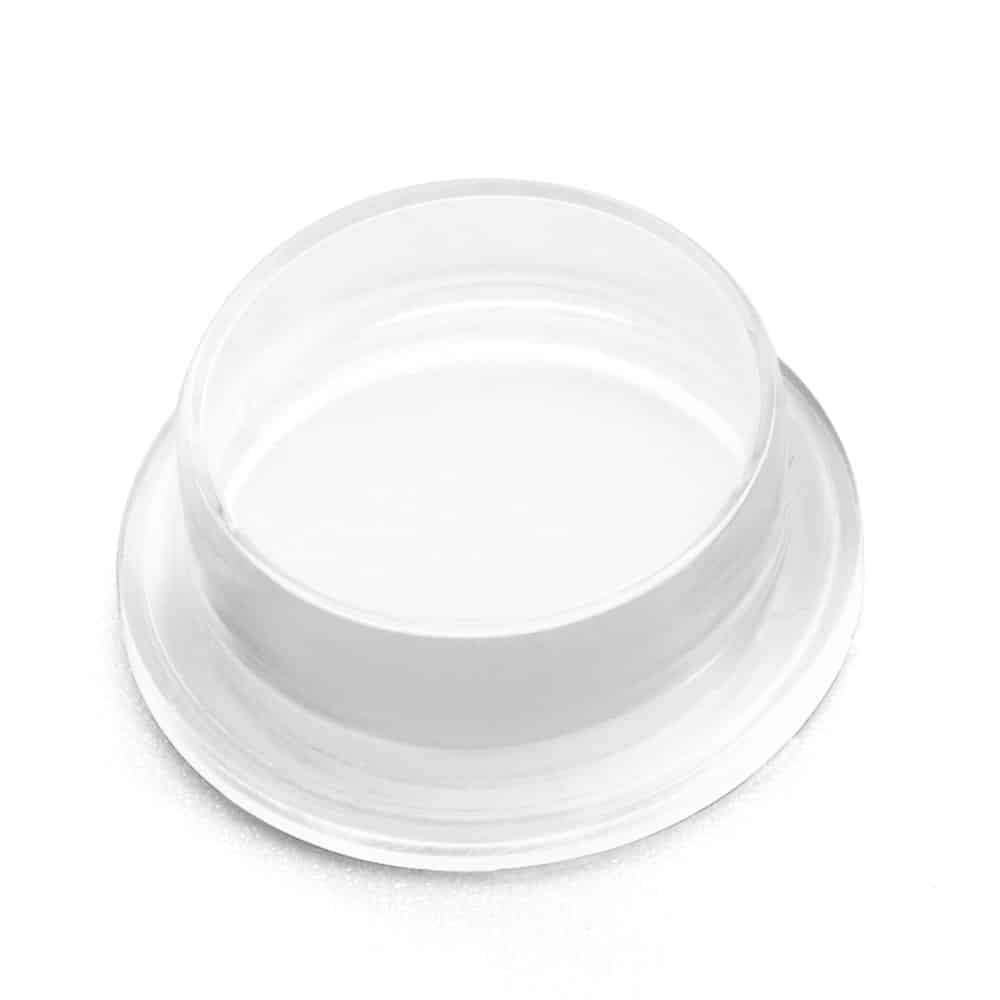
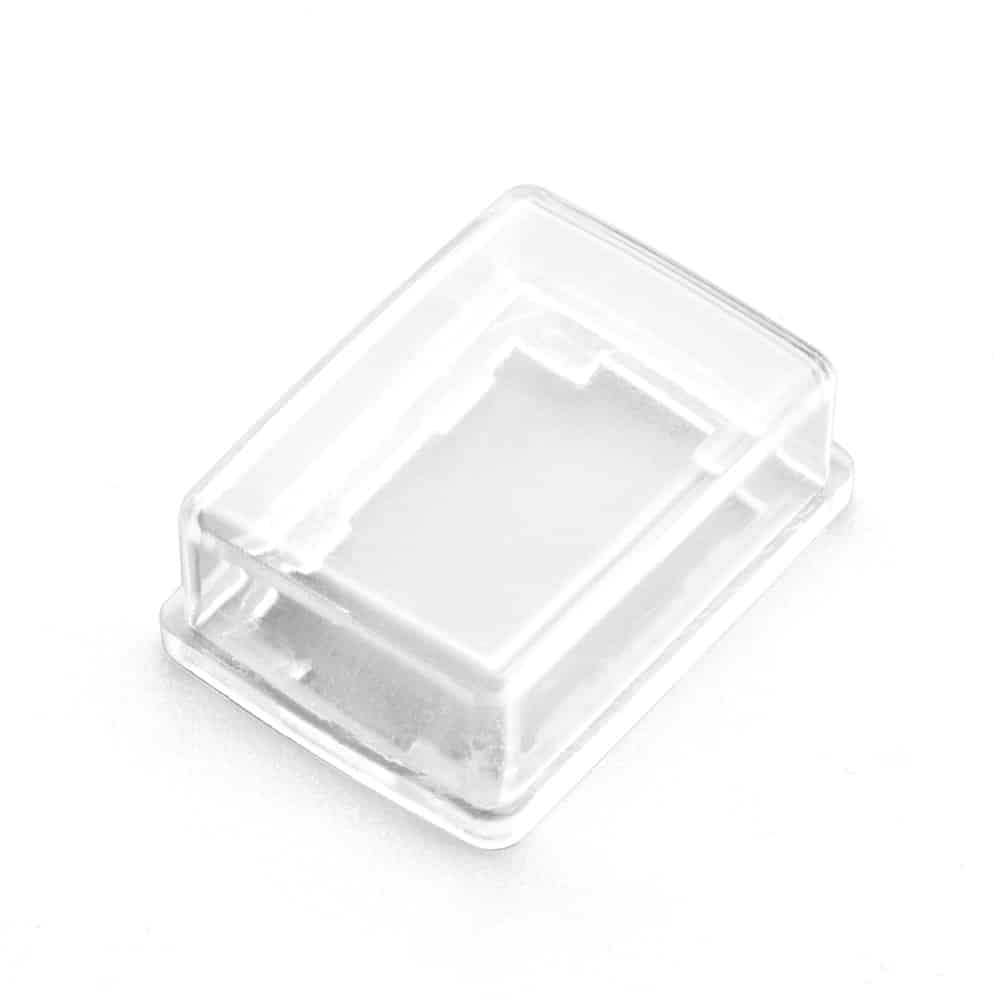
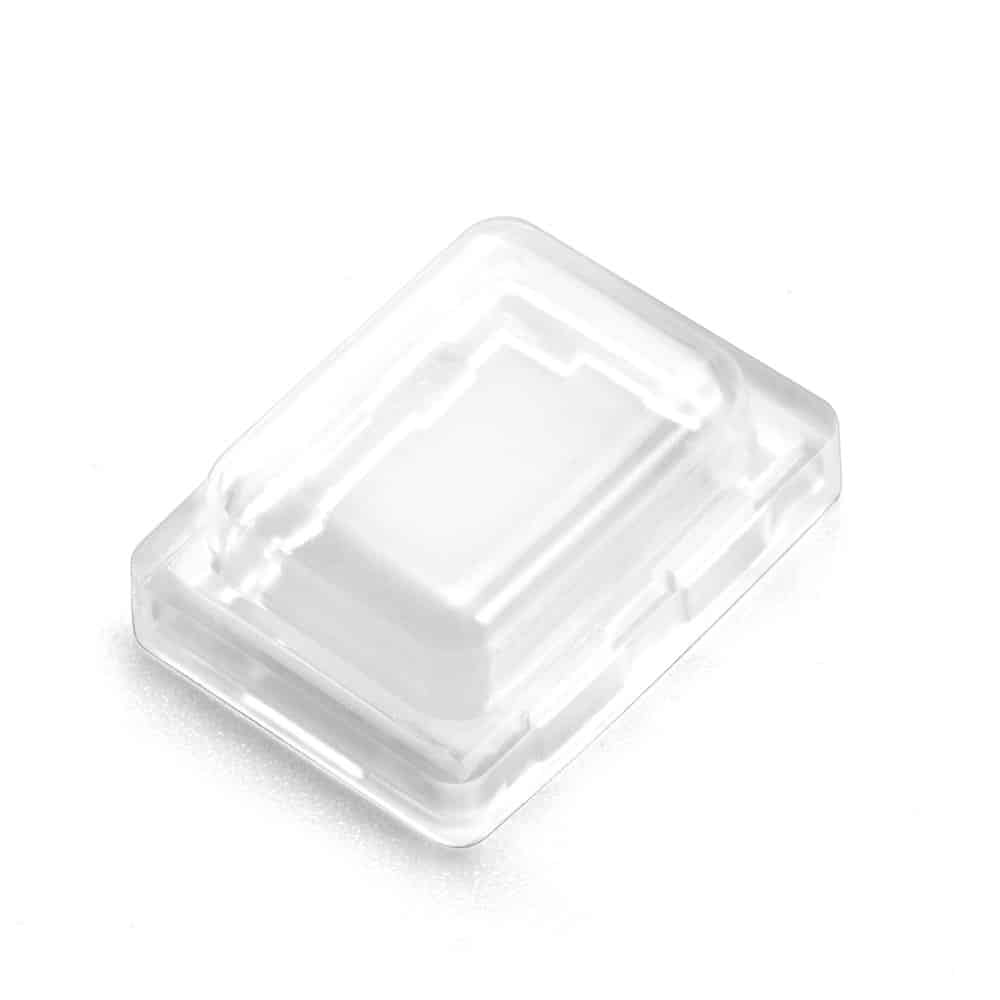
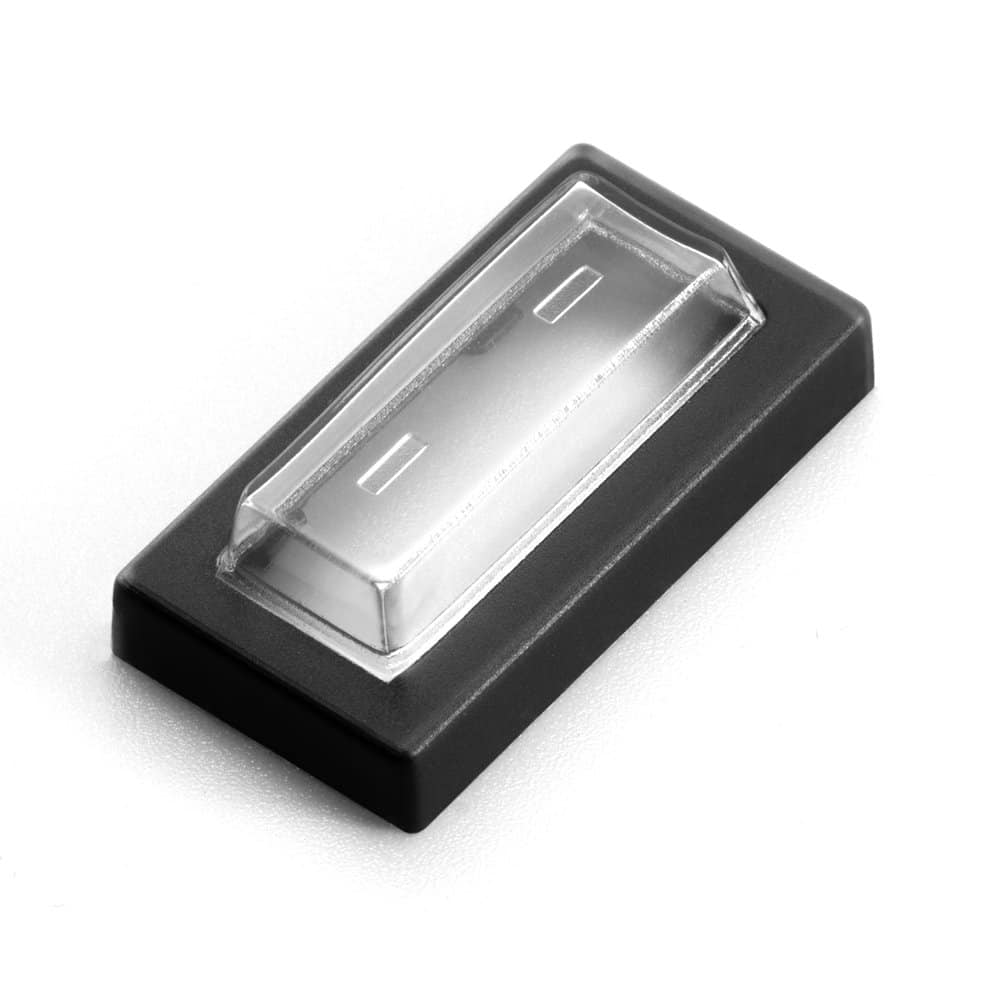

Select products based on functionality and other features 12v rocker switch
First, we have the SPST (Single Pole Single Throw) 12v rocker switch. This is the simplest type, just like a regular light switch. It has one input and one output and can only open or close the circuit.
Next up is the SPDT (Single Pole Double Throw) 12v rocker switch. This switch has one input and two outputs, allowing it to selectively connect to one of the two outputs. It’s like a little switcher that can switch between two circuits, such as switching between signal sources or power sources.
Then we have the DPST (Double Pole Single Throw) 12v rocker switch. This switch has two inputs and two outputs and can open or close two circuits simultaneously. It’s like a double control switch that can control two independent circuits at the same time.
Finally, we have the DPDT (Double Pole Double Throw) 12v rocker switch. This is the most complex type, with two inputs and four outputs. Each input has two possible outputs, allowing it to switch between two circuits. It’s commonly used for more complex switching applications, such as controlling the forward and reverse of a motor.
When you order a rocker switch, you do need to confirm several factors

Consider color coordination, labeling needs, size, and shape for aesthetics and compatibility.

Select appropriate switch type and determine if special functions like LED indicators or reset are needed.

Ensure rated current and voltage match circuit requirements for stable operation and prevention of damage.

Ensure rated current and voltage match circuit requirements for stable operation and prevention of damage.

Specify reset method and state after reset if a reset function is required.

Choose a waterproof switch with appropriate rating based on application environment needs.

Ensure mounting hole distance and overall dimensions match equipment or panel for stability.

Provide or confirm a circuit diagram for correct connection and expected functionality.
What is a 12V Rocker Switch?
A 12V rocker switch is an electrical switch designed to control a circuit that operates at 12 volts. It gets its name from the rocking motion used to open or close the circuit. Typically, it has two positions: “on” and “off.” When the switch is pressed on one side, it completes the circuit, allowing current to flow. Pressing the other side breaks the circuit, stopping the flow of current. These switches are commonly used in automotive, marine, and low-voltage applications to control lights, accessories, and other electronic devices. They are available in various designs, including illuminated versions for easy visibility in dark environments.
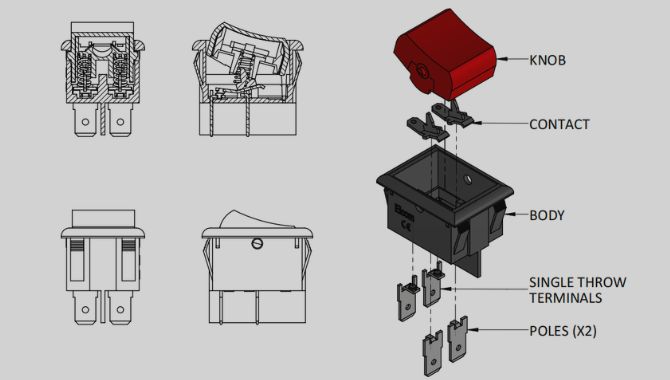
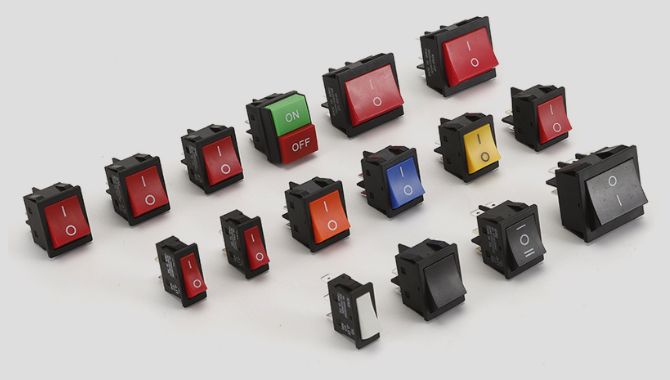
Types of switches
Rocker Switch ON OFF
Rocker Switch ON ON
Rocker Switch (ON) OFF ON
Rocker Switch (ON) OFF (ON)
Rocker Switch OFF ON ON
Why Choose Us
- Professional Manufacturing: We have years of experience in switch manufacturing, ensuring high-quality products.
- Customization Services: We offer a variety of customization options to meet your unique requirements.
- Excellent Customer Service: We provide comprehensive pre-sales and post-sales support to ensure your satisfaction.
- Fast Delivery: Our efficient production and logistics system ensures quick delivery times.

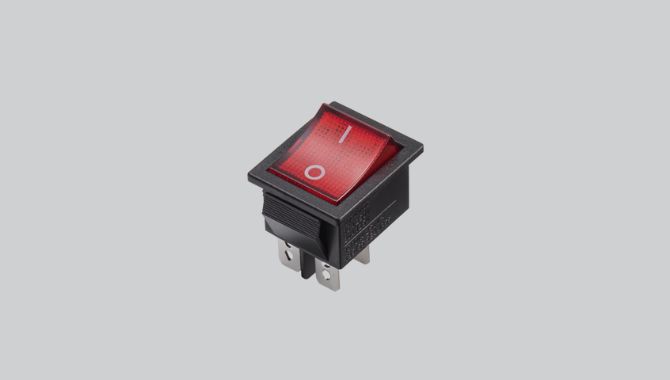
Customization Process for 12V Rocker Switch
- Requirement Discussion: You share your specific needs, and we discuss and confirm the requirements.
- Design Proposal: We provide a customized design proposal and drawings based on your needs.
- Sample Confirmation: We produce samples for your approval, ensuring they meet your expectations.
- Mass Production: After sample approval, we proceed with mass production.
- Quality Inspection and Shipping: We conduct rigorous quality checks before packaging and shipping the products.
Raw materials for 12v rocker switches
We use brand-new plastic raw materials that meet environmental protection, high-temperature resistance, and flame retardant requirements for our products.
For terminal fittings, we utilize high-purity brass and purple copper to ensure consistent performance throughout the production process.
Our silver contacts are made from professional arc-extinguishing materials, effectively reducing temperature rise issues in switches and ensuring foolproof operation.


Advanced Laboratory 12V Rocker Switch
Our precision-engineered 12v rocker switches offer unparalleled reliability and durability, ideal for advanced laboratory environments.
With cutting-edge technology, robust construction, and rigorous quality control, our products ensure optimal performance and longevity. Choose us for exceptional customer service, competitive pricing, and a commitment to excellence that sets us apart in the industry.
Certificates and Management Systems
As a leading 12v rocker switch in China, we offer top-quality products certified by ISO, UL, ENEC, VDE, TÜV, CB, CQC, and RoHS, ensuring reliability and safety.
Our advanced management systems guarantee precision engineering, superior performance, and long-lasting durability. Choose us for innovative designs, competitive pricing, and exceptional customer service. Click to learn more!


R&D & Design Team
Our technical research and development management team consists of over 30 professionals who can assist you in resolving design issues, as well as continually optimizing the quality and cost-effectiveness of your products. If you encounter any quality or technical problems, we can provide you with a detailed and free solution!
Advanced automated assembly 12V rocker switch
Our 12V rocker switches are precision-engineered for reliable performance in various applications. Manufactured in China using advanced automated assembly, they ensure consistent quality and durability.
Key features include a robust design, easy installation, and long-lasting reliability. Our competitive pricing and strict quality control guarantee a superior product that meets global standards. Explore our range today!

Rocker Switches More Related Articles
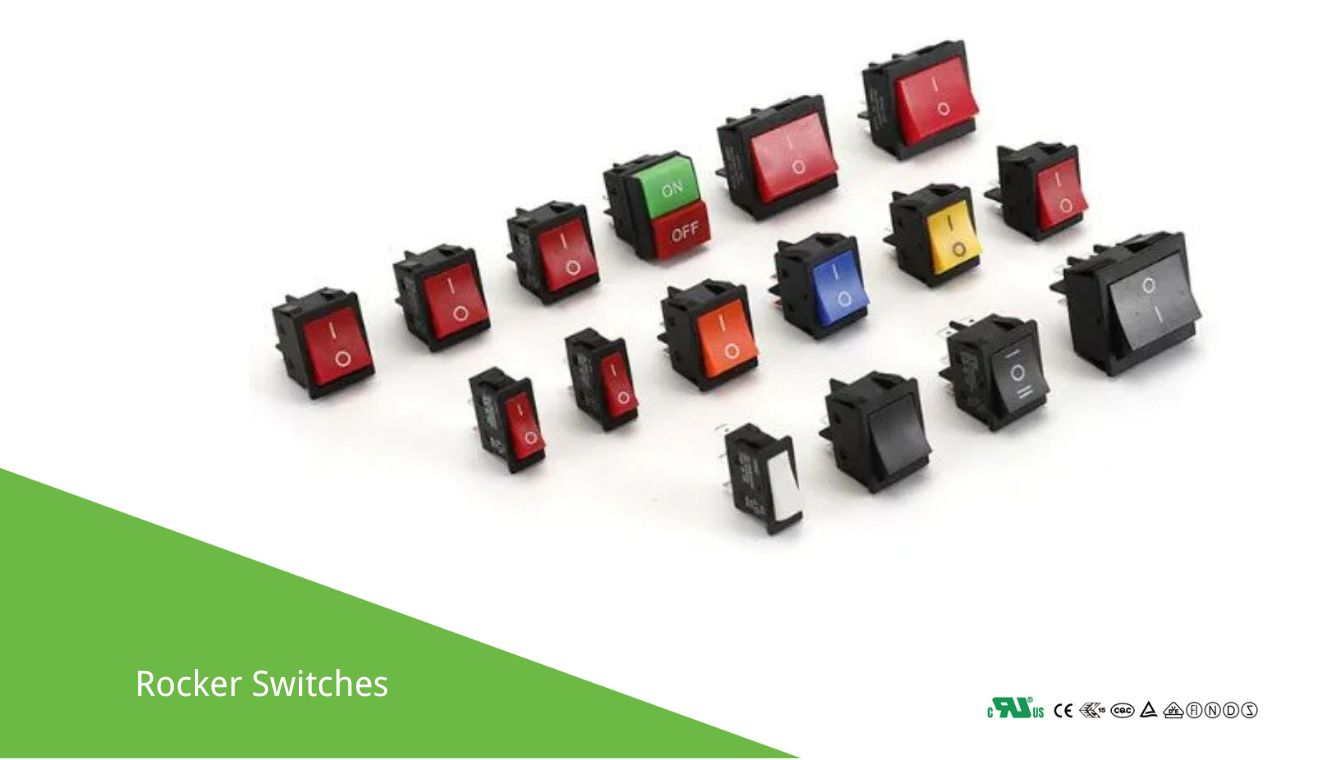
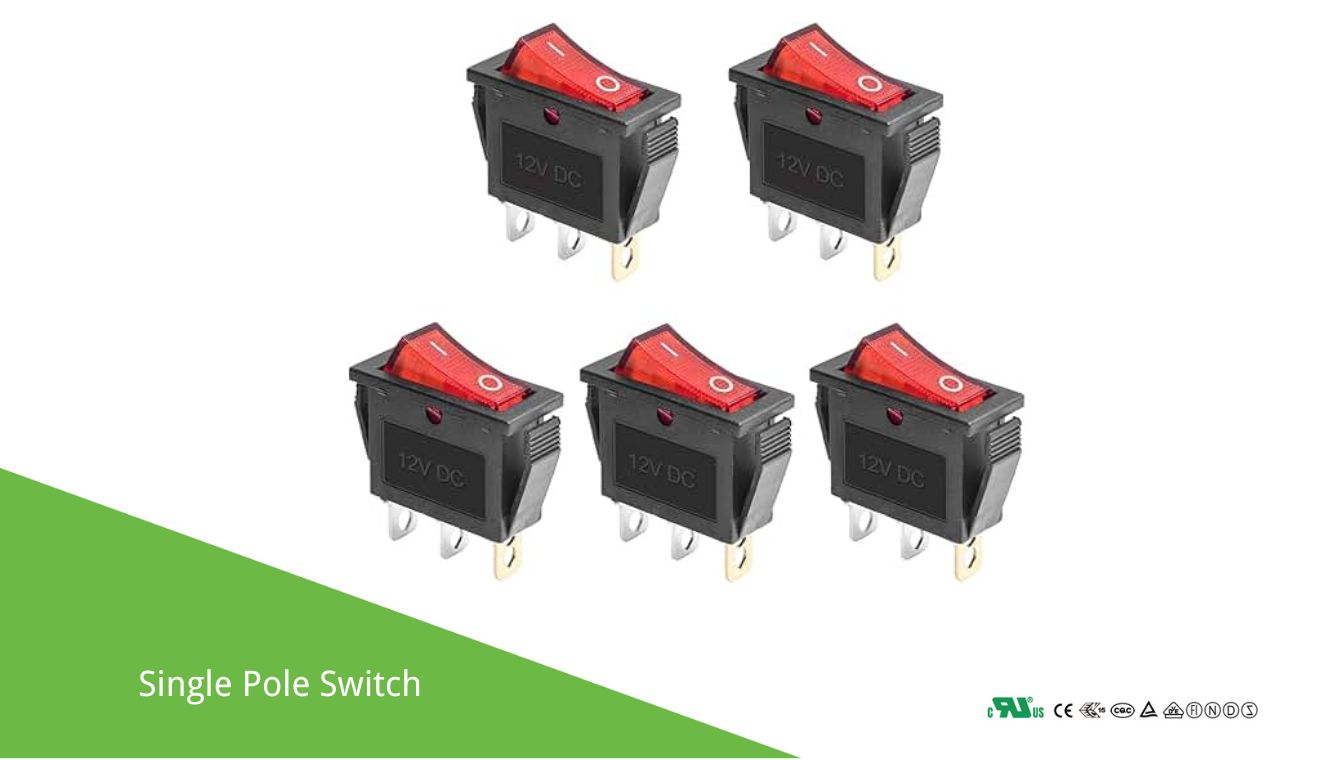
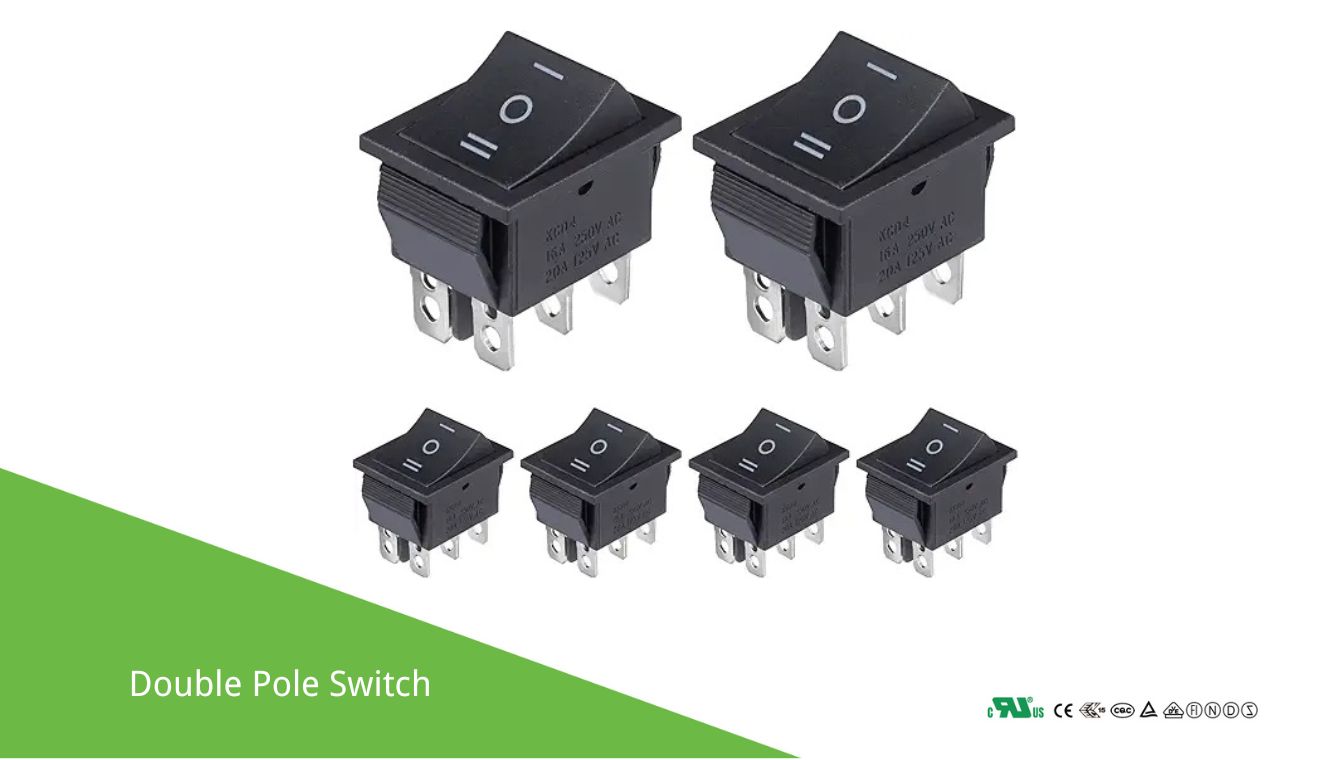
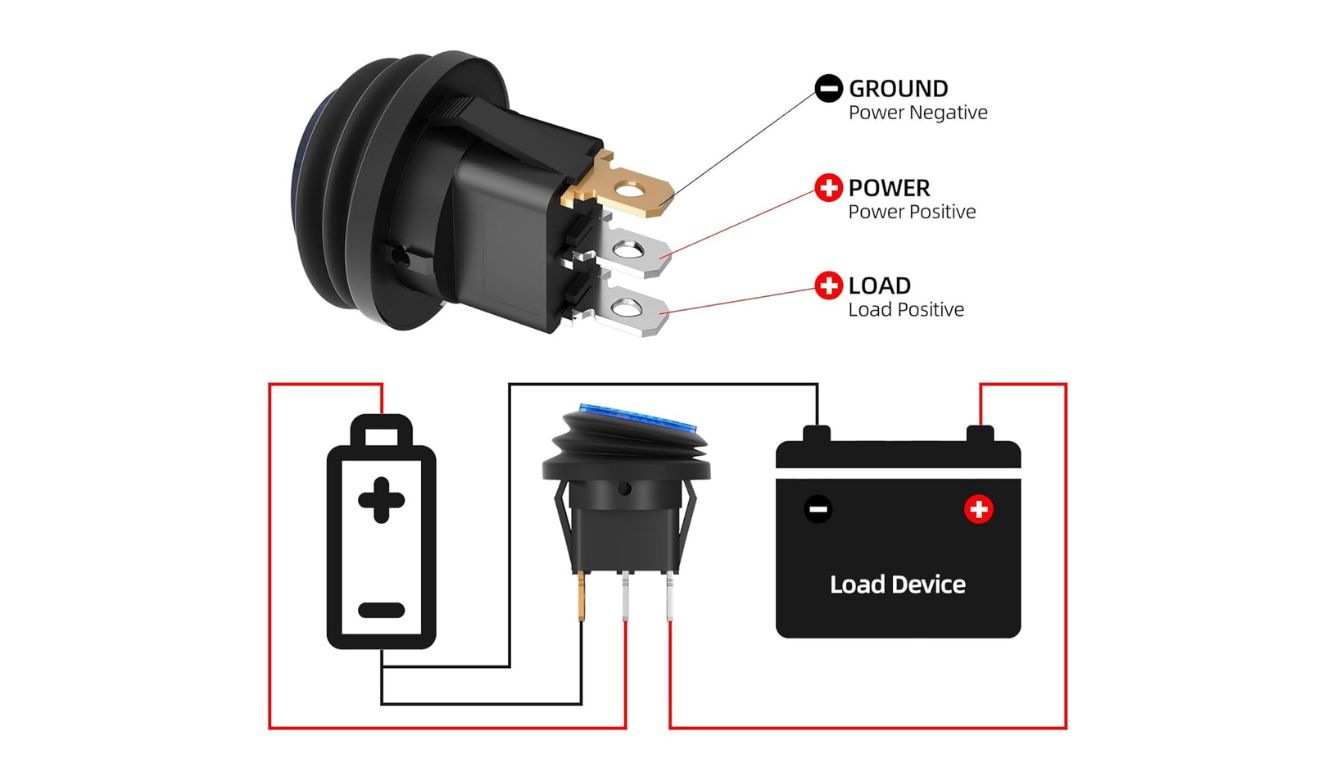
What Our Customers Are Saying
- real people with great projects
John D. (USA)
⭐⭐⭐⭐⭐ Excellent Quality “The push button switches from Weup are incredibly durable and reliable. They have become a staple in our production line, ensuring smooth operations.”
Emily R. (Germany)
⭐⭐⭐⭐⭐ Perfect for Our Needs “Weup’s rocker switches are top-notch. Easy to install and highly responsive. They have significantly enhanced the performance of our equipment.”
Michael S. (Japan)
⭐⭐⭐⭐⭐ Highly Recommend “I am impressed with the quality and design of Weup’s micro switches. They meet all our specifications and have been performing excellently in our devices.”
Sarah L. (Australia)
⭐⭐⭐⭐⭐ Outstanding Service “The toggle switches we ordered are exactly what we needed. Great build quality and quick delivery. Weup’s customer service is also very responsive and helpful.”
David K. (UK)
⭐⭐⭐⭐⭐ Superb Durability “Weup’s electromagnetic switches are of exceptional quality. They are robust and have withstood rigorous use in our machinery. Highly recommend for any industrial application.”
Lisa M. (Canada)
⭐⭐⭐⭐⭐ Great Performance “The touch switches from Weup are fantastic. They are sensitive and work perfectly in our new product line. Installation was a breeze, and they look sleek.”
Kevin T. (France)
⭐⭐⭐⭐⭐ Excellent Customer Support “Weup’s team is very supportive. Their metal switches are strong and durable, perfect for our heavy-duty machinery. Any issues we had were resolved promptly.”
Anna F. (Italy)
⭐⭐⭐⭐⭐ Reliable and Durable “The power tool switches we received from Weup are top quality. They have improved the efficiency and safety of our tools significantly.”
Robert H. (Netherlands)
⭐⭐⭐⭐⭐ Great Value “Weup offers great value for money. The toggle switches we ordered were exactly as described and arrived quickly. We will definitely order again.”
Jessica W. (South Korea)
⭐⭐⭐⭐⭐ Impressive Quality “We have been using Weup’s micro switches for our latest project, and they have not disappointed. The quality is consistent, and they perform excellently.”
Related Product
FAQs
12v Rocker Switch are commonly used in various applications, and people often have questions about them. Here are five of the most popular FAQs for 12v Rocker Switch:
- Disconnect the Battery: Always disconnect the power source before installation to avoid electrical shock or short circuits.
- Mount the Switch: Choose a suitable location and cut a hole to fit the switch.
- Wiring: Connect the switch terminals to the power source and the device. Ensure proper polarity (positive to positive, negative to negative).
- Secure Connections: Use appropriate connectors and insulate the connections to prevent shorts.
- Test the Switch: Reconnect the battery and test the switch to ensure it works correctly.
- Automotive: Controlling lights, fans, and other accessories in cars, trucks, and RVs.
- Marine: Operating bilge pumps, navigation lights, and other marine electronics.
- Off-Grid Systems: Managing devices in solar power systems, camping setups, and other low-voltage applications.
- DIY Projects: Any project requiring control of a 12V device, such as LED strips, small motors, or electronic gadgets.
The primary difference is the voltage rating. A 12V rocker switch is specifically rated for 12-volt systems, whereas other rocker switches might be rated for different voltages (e.g., 120V for household use). Using the correct voltage rating ensures safety and proper operation.
- Current Rating: Ensure the switch can handle the current (amperage) required by your device.
- Size and Mounting: Check the physical dimensions and mounting requirements to fit your application.
- Waterproofing: For marine or outdoor use, choose a switch with an appropriate IP rating.
- Illumination: Decide if you need an illuminated switch for visibility in dark environments.
- Poles and Throws: Select the correct configuration (SPST, DPDT, etc.) based on the functionality needed.
No, a 12V rocker switch is designed specifically for 12V systems. Using it in higher voltage applications can be dangerous and may cause the switch to fail or create a fire hazard. Always use switches rated for the voltage of your system.
- SPST (Single-Pole Single-Throw): A simple on/off switch with one input and one output.
- SPDT (Single-Pole Double-Throw): A switch with one input and two outputs, allowing it to connect to either output.
- DPST (Double-Pole Single-Throw): Two SPST switches operated by a single mechanism, controlling two circuits simultaneously.
- DPDT (Double-Pole Double-Throw): Two SPDT switches operated by a single mechanism, allowing two circuits to be connected to one of two outputs each.
- Check Power Source: Ensure the battery or power supply is functioning.
- Inspect Wiring: Verify all connections are secure and correctly wired.
- Test Switch: Use a multimeter to check for continuity when the switch is activated.
- Load Issues: Ensure the connected device is working and not causing a short.
- Regular Inspection: Check for signs of wear, corrosion, or damage.
- Clean Contacts: Ensure the switch contacts are clean for reliable operation.
- Protect from Moisture: If not waterproof, keep the switch dry to prevent short circuits and corrosion.
- Tighten Connections: Periodically check and tighten any loose connections.
No, a 12V rocker switch is designed for DC applications. Using it for AC applications can be unsafe and may lead to switch failure or electrical hazards. Always use switches rated for the specific voltage and type of current in your application.




